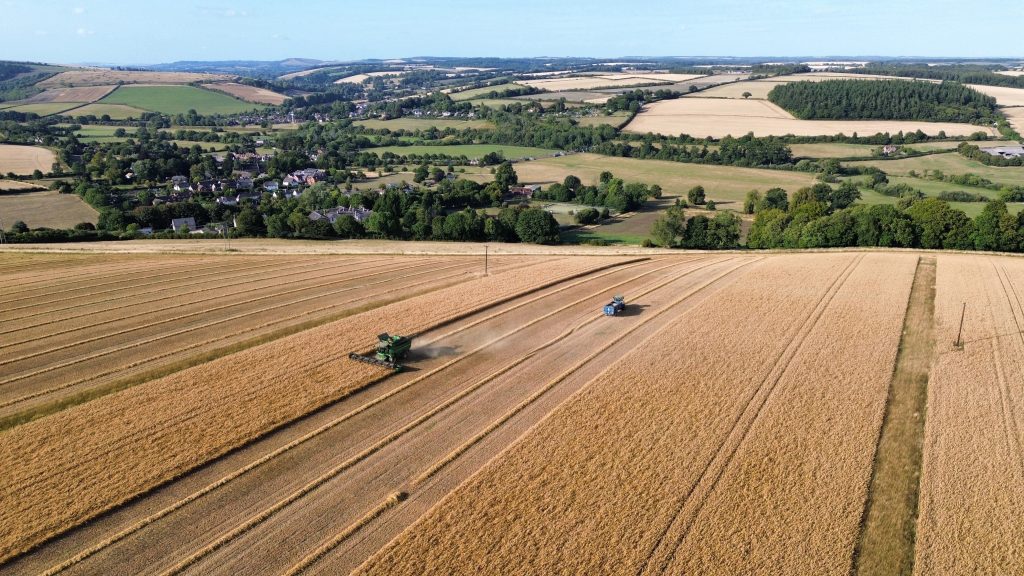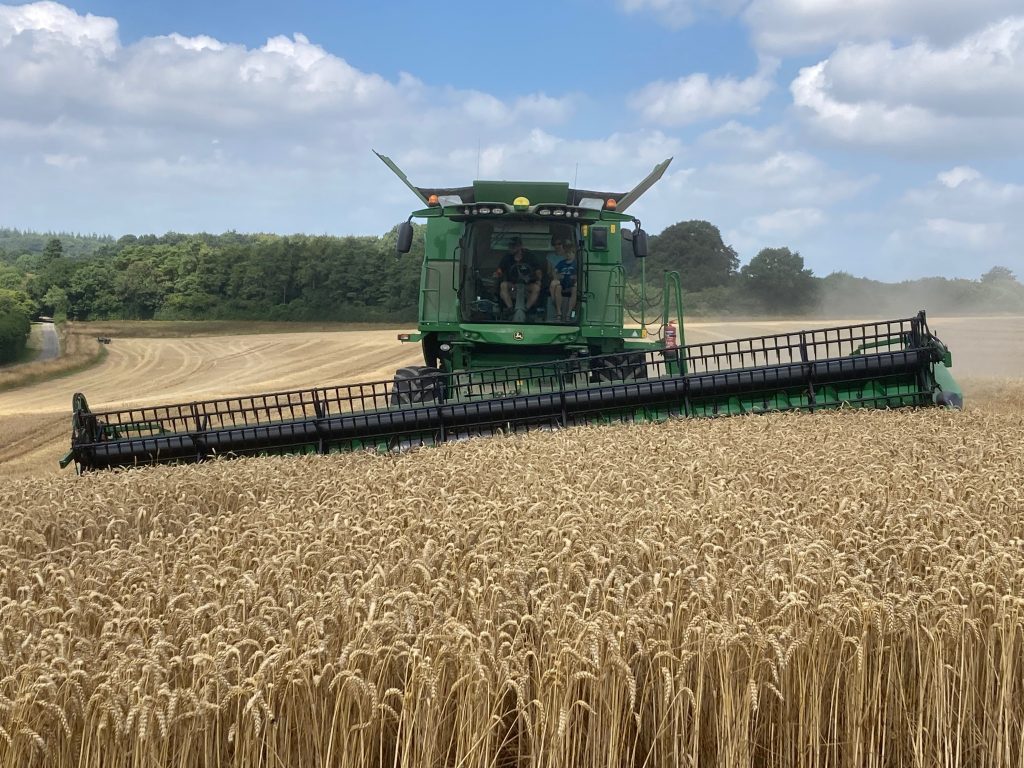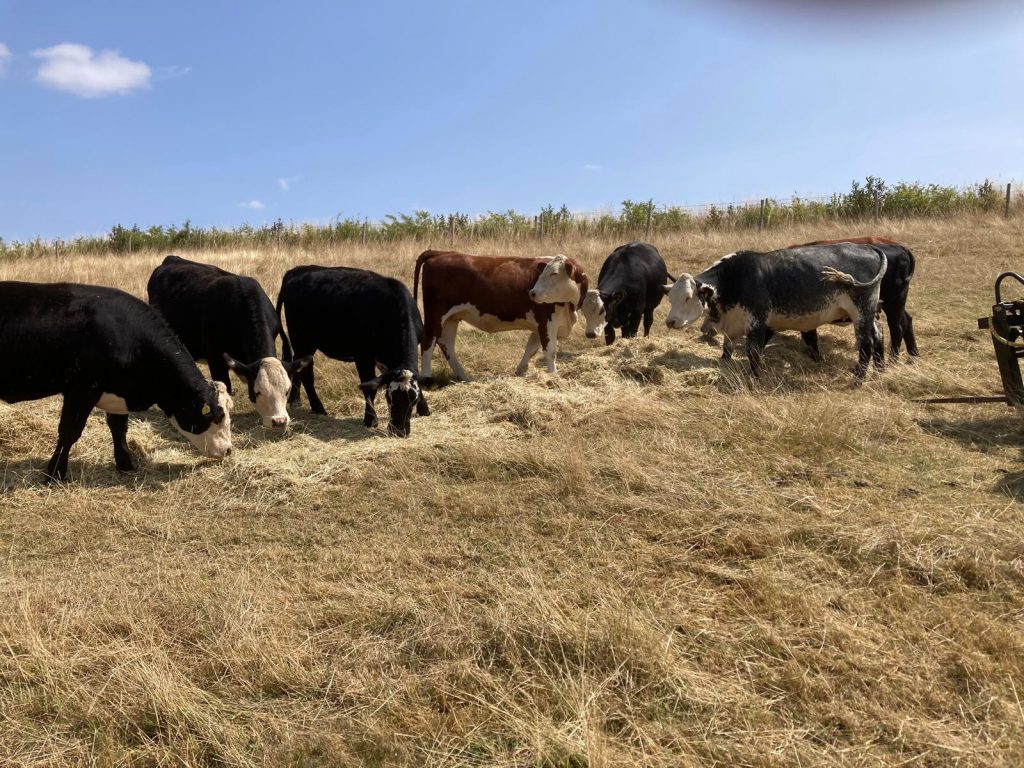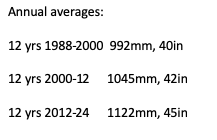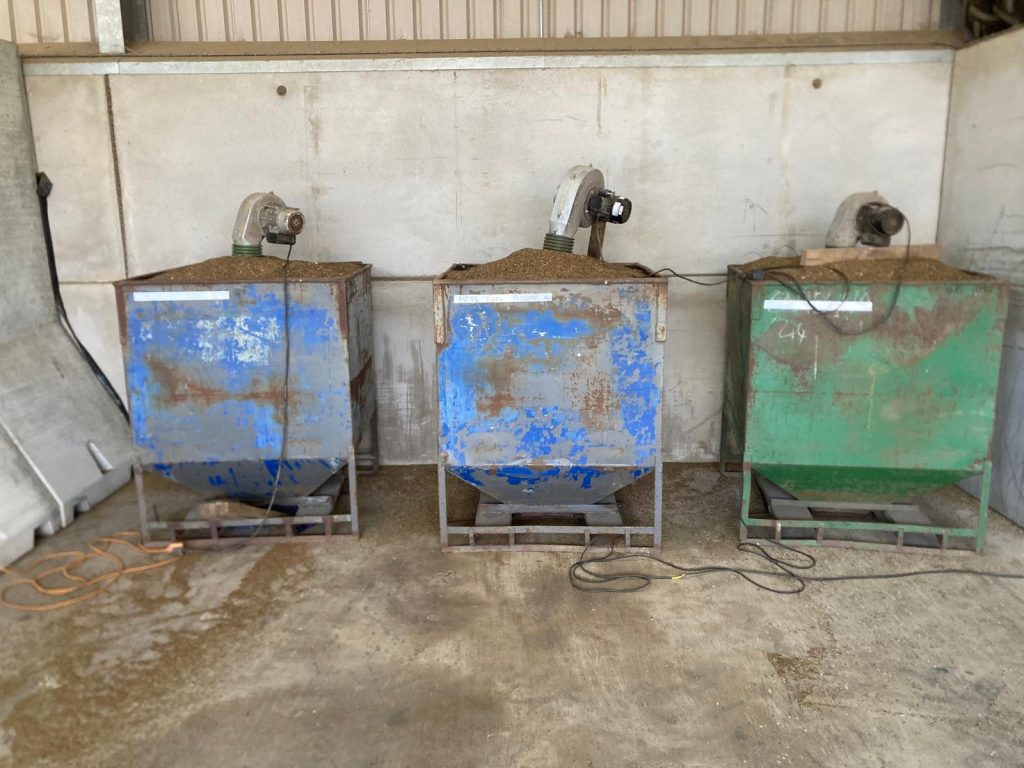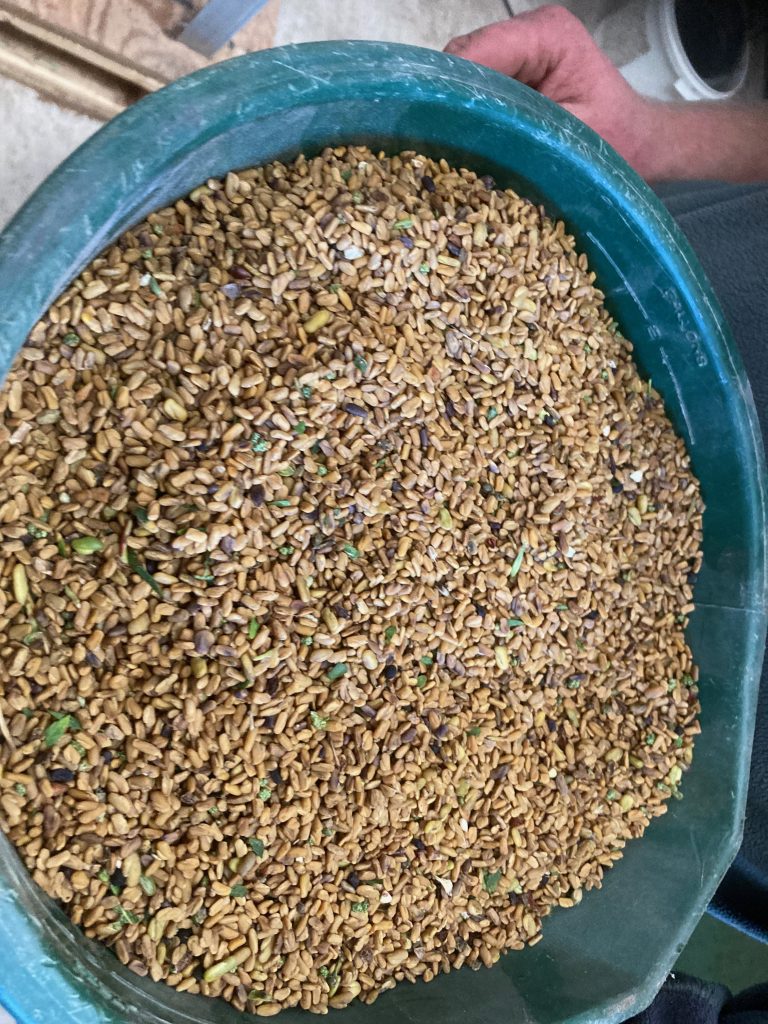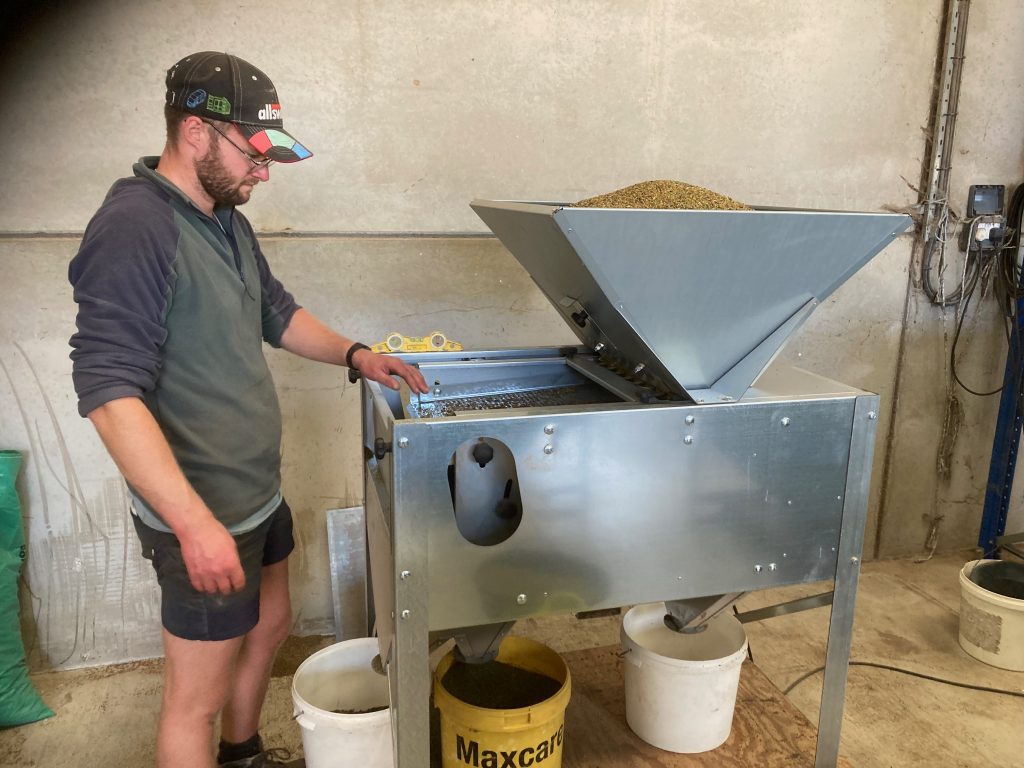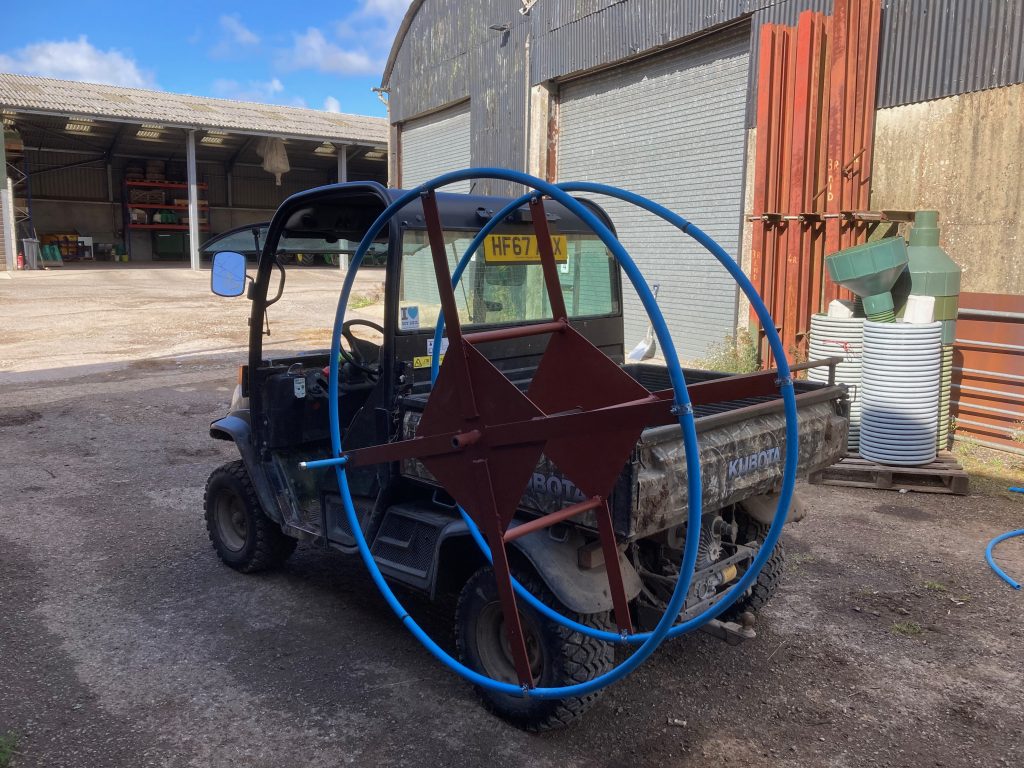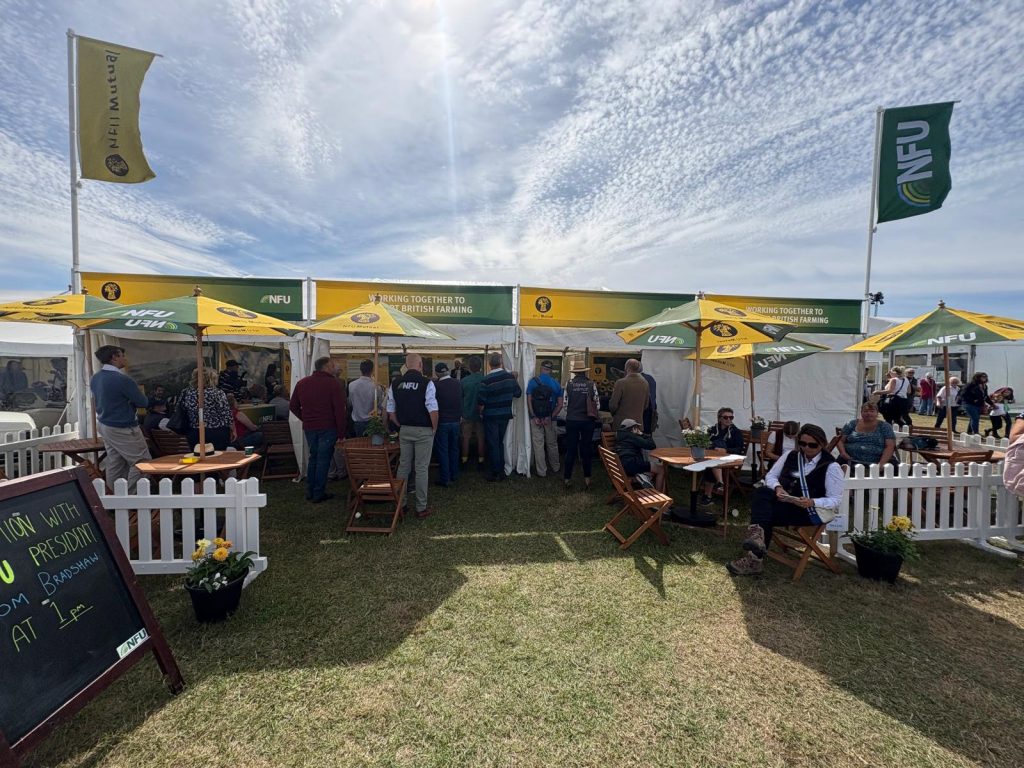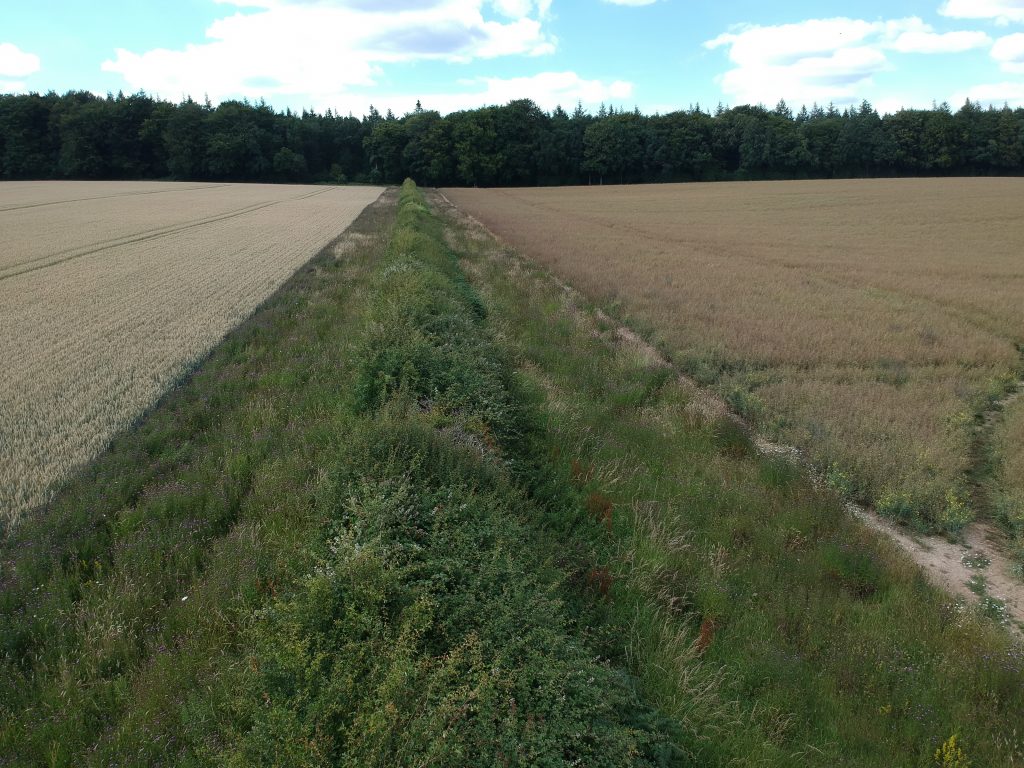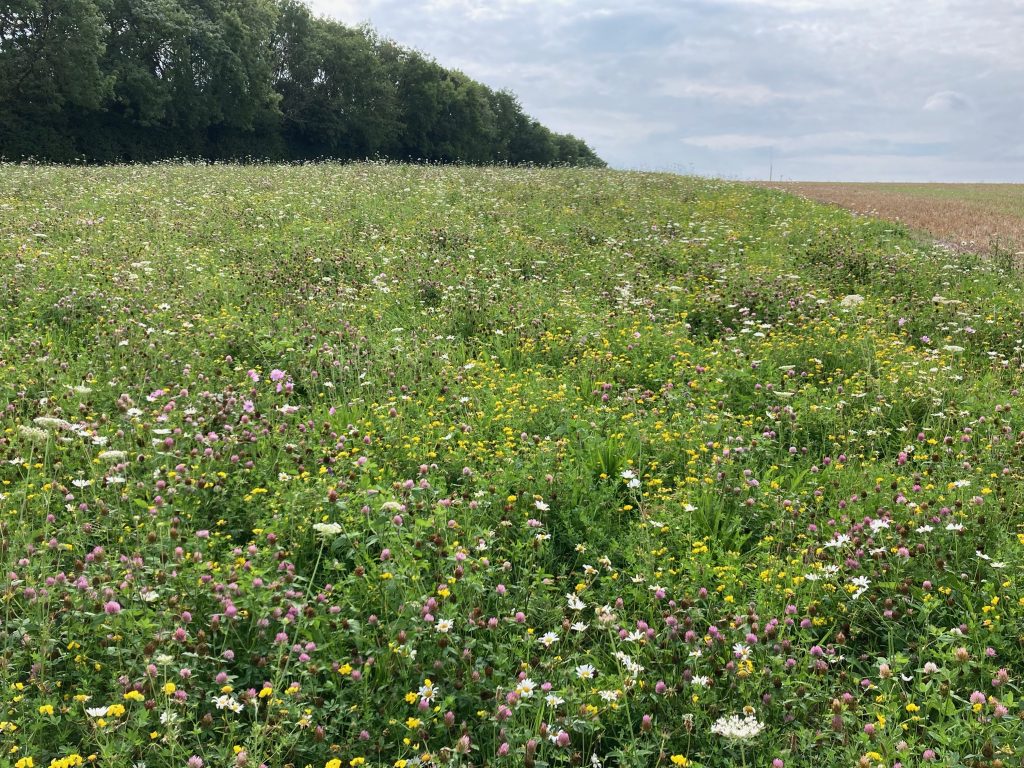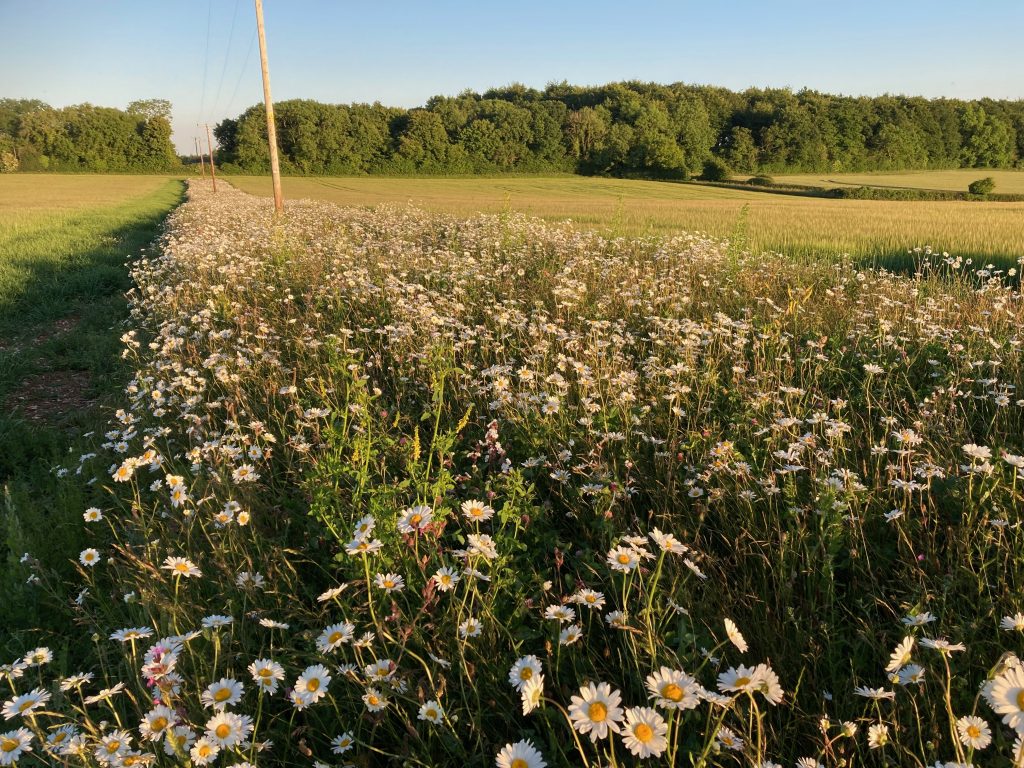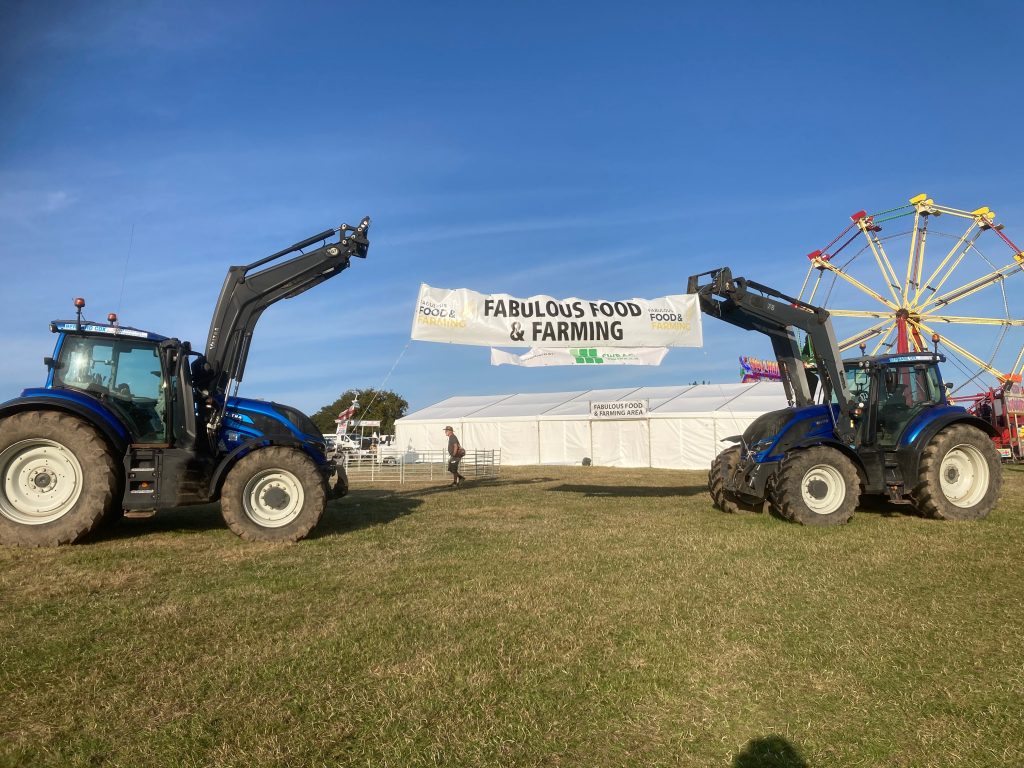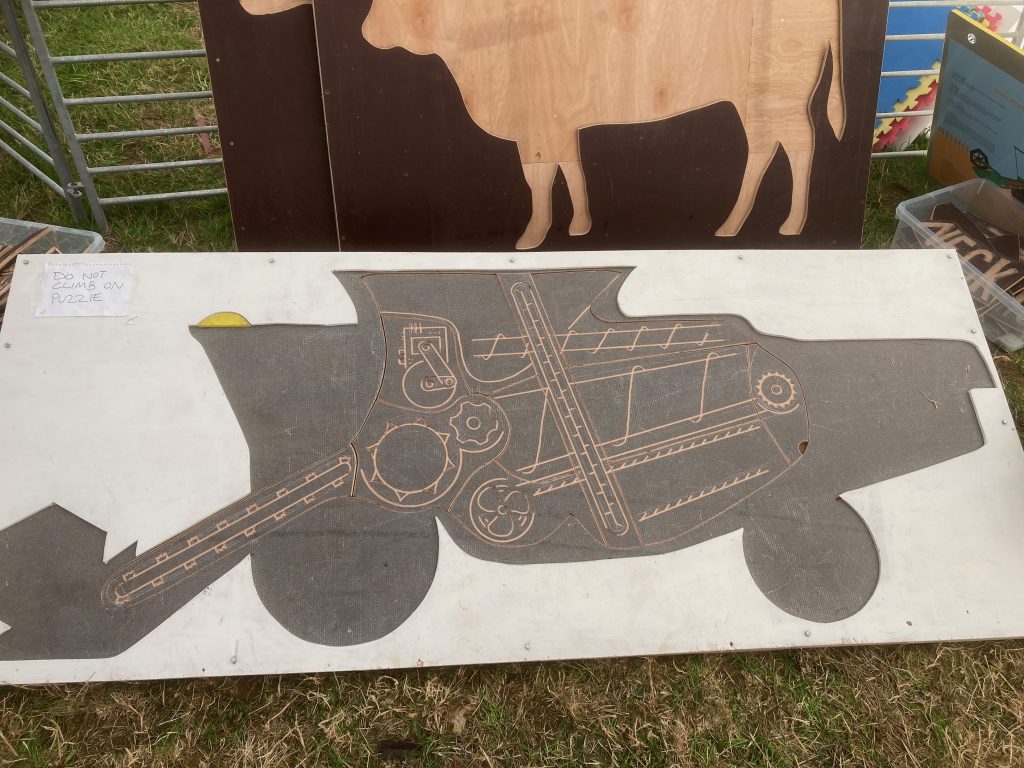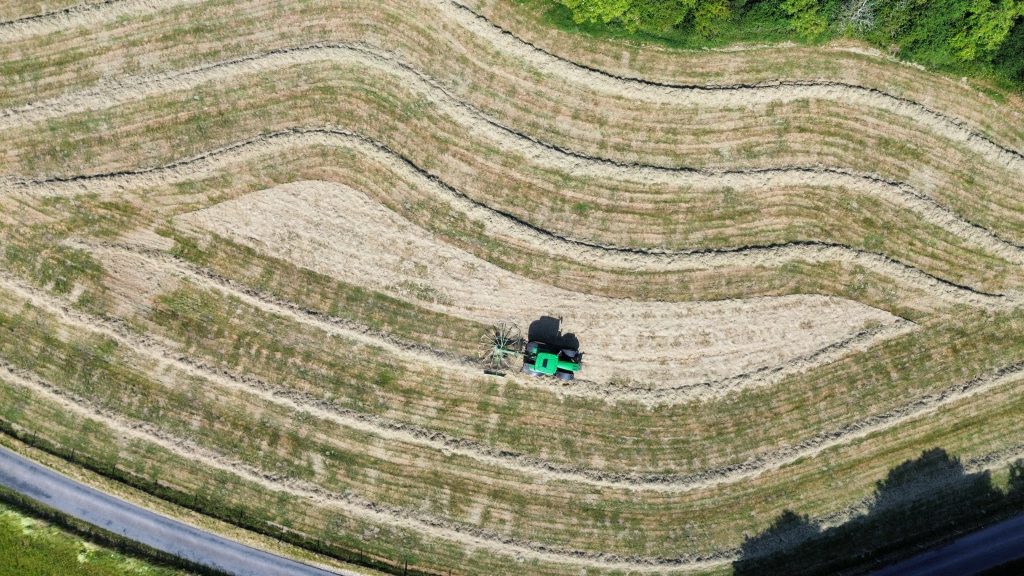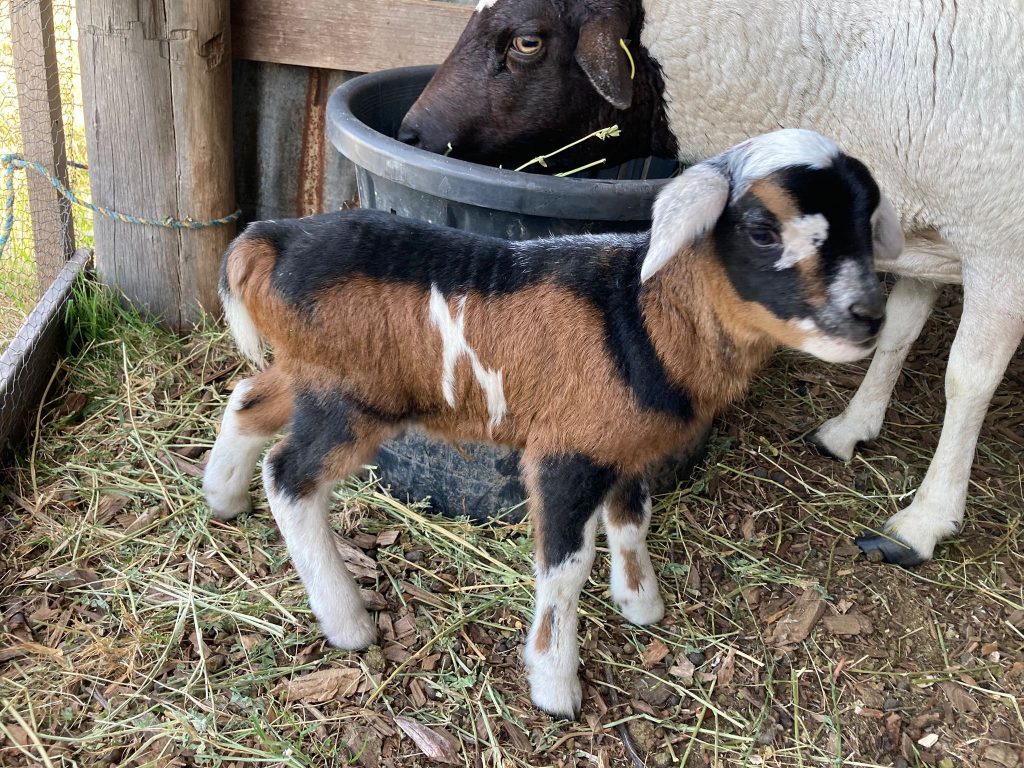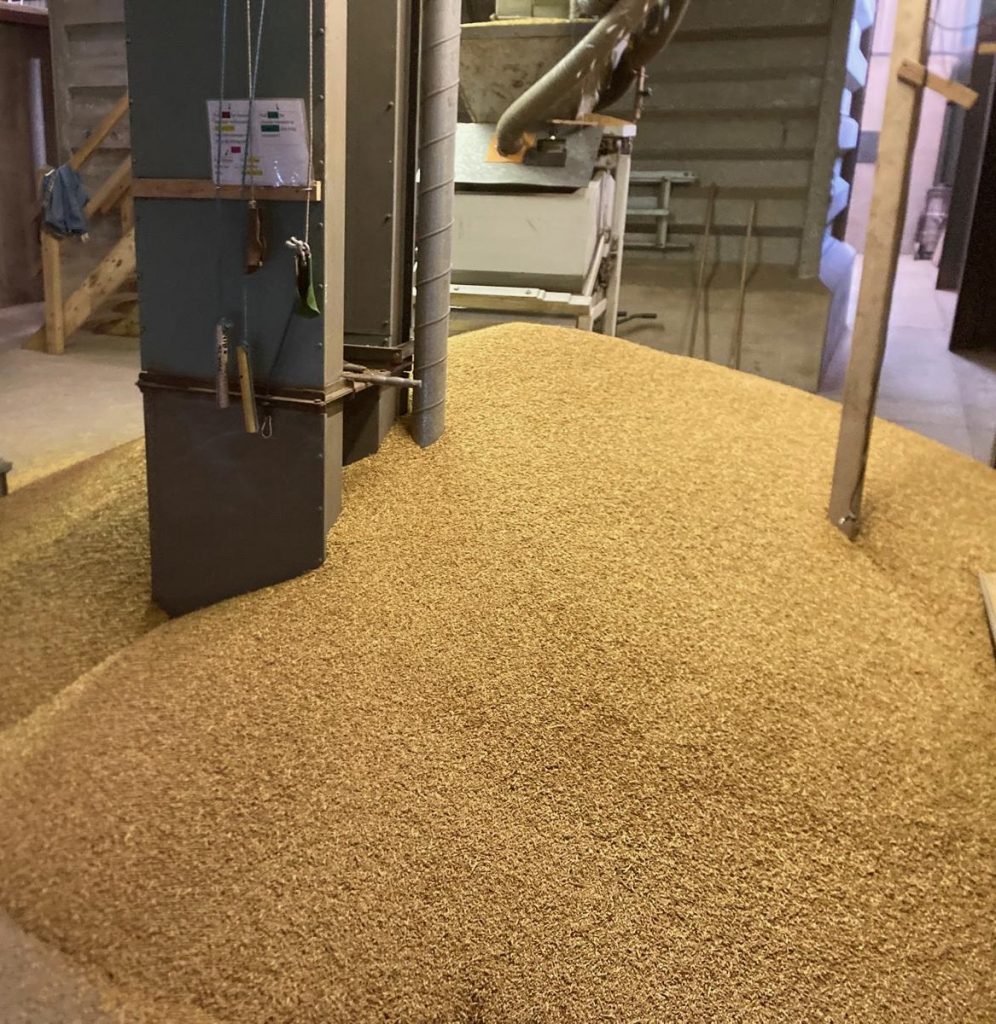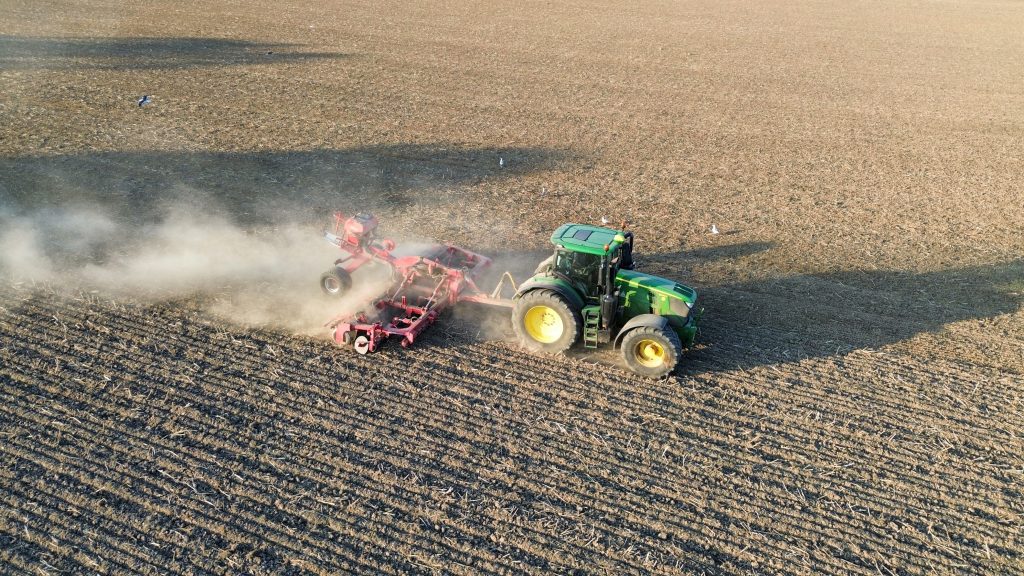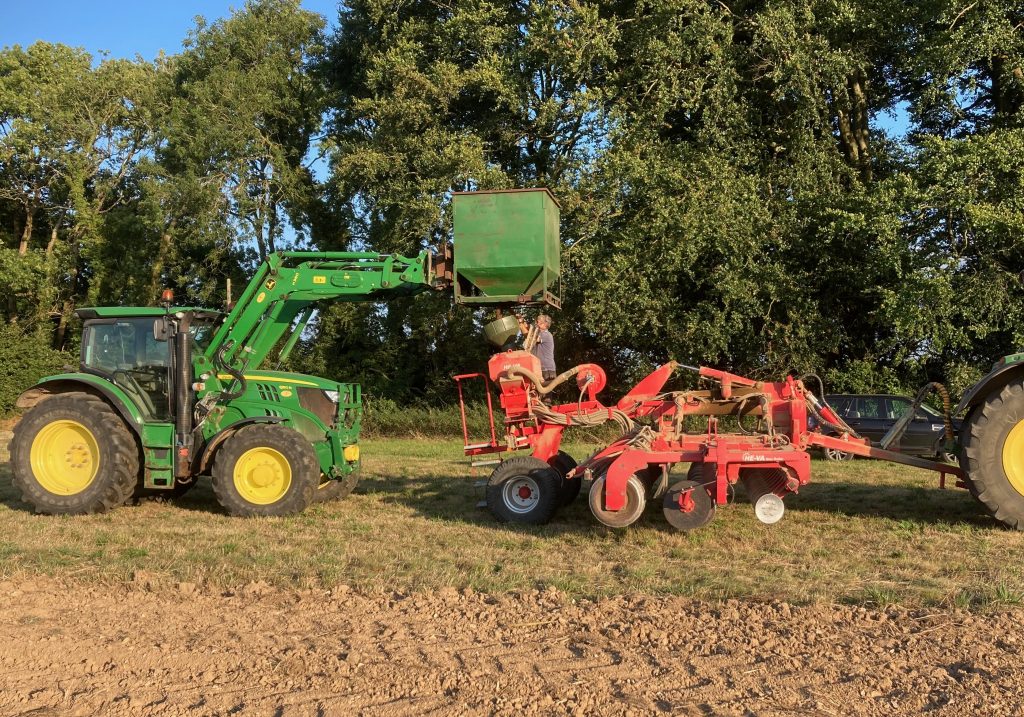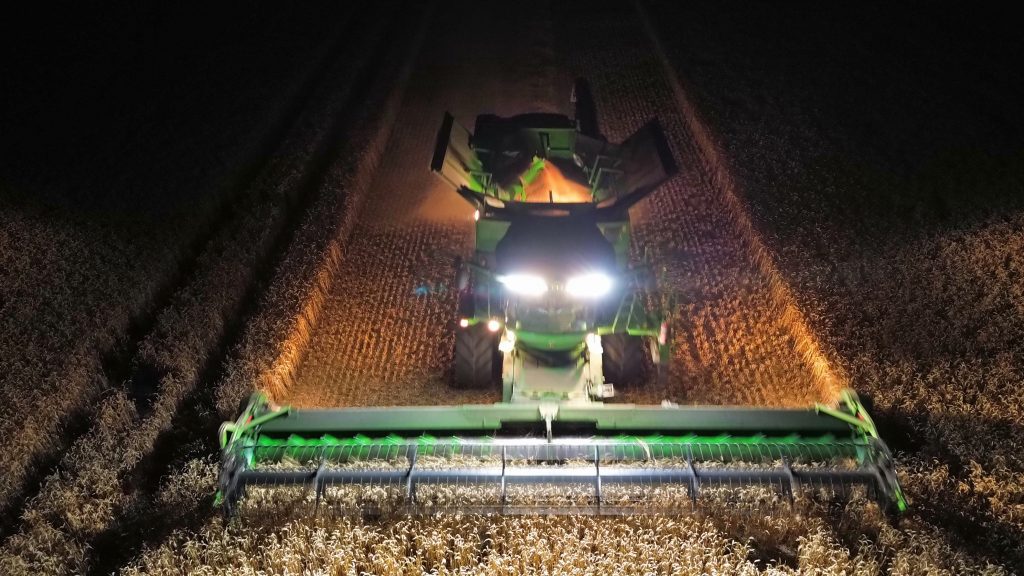The View from the Hill
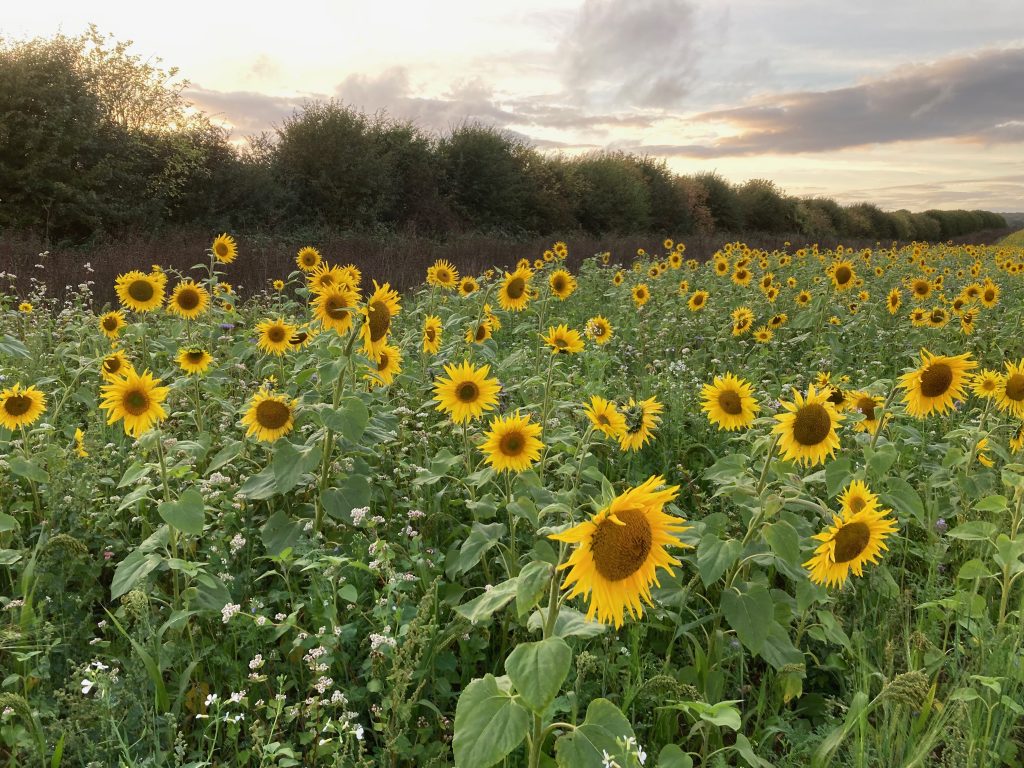
There’s nothing quite like a patch of sunflowers to lift the spirits, those cheery smiling faces which reflect the sun’s warmth all day long. We’ve had a very successful show of these bright yellow beauties in our winter bird food mixes this year. In spite of the dry spring and summer they managed to germinate and keep growing, along with a number of other species, which should provide masses of food for the seed eaters in the colder months. It can’t have been missed by many people how fruitful the year has been in terms of wild fruit and nuts, apple trees are laden, our Bramleys will be picked and squeezed quite soon, sloes already sit beneath promising layers of gin and sugar, walnuts are drying over the aga, sweet chestnuts lie shining in a basket, waiting for a fire to roast them over. Blackberries from the hedges and raspberries from the garden provided many sweet treats for several weeks. Hedges are laden with food, as well as sloes, hawthorn, rosehips, holly, and crab apples lay scattered on the floor for many creatures to gorge on. The old timers will be predicting a hard winter ahead. All I know is that it all looks beautiful, the autumn colours are spectacular, and the birds won’t run short of grub for many months.
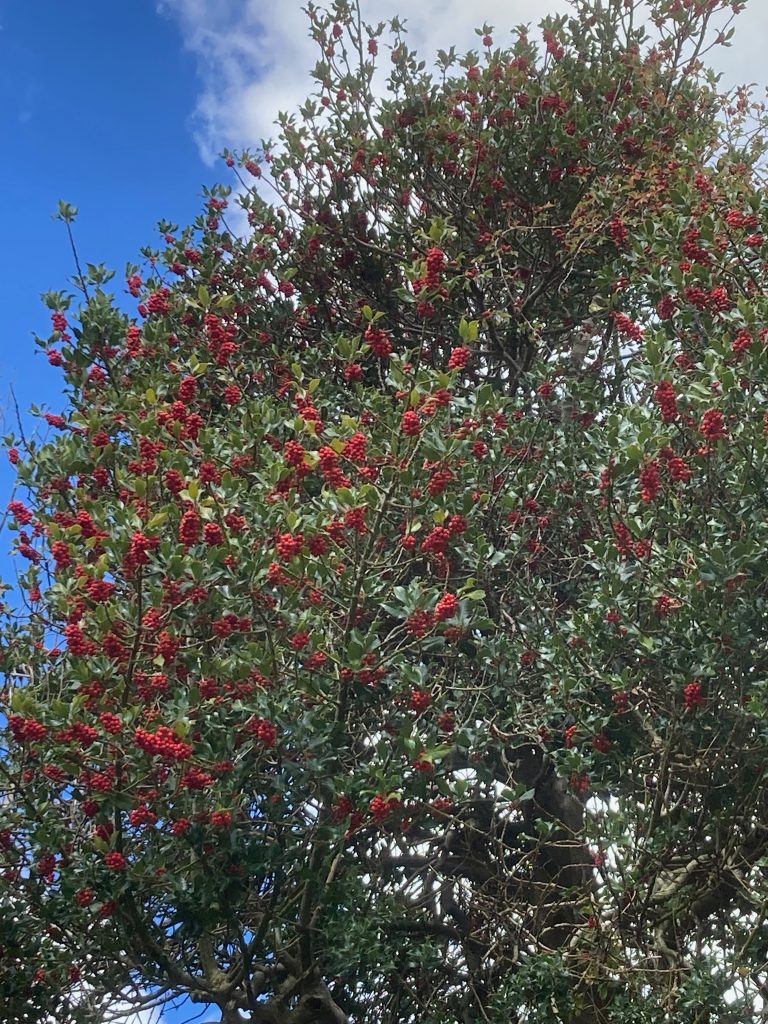
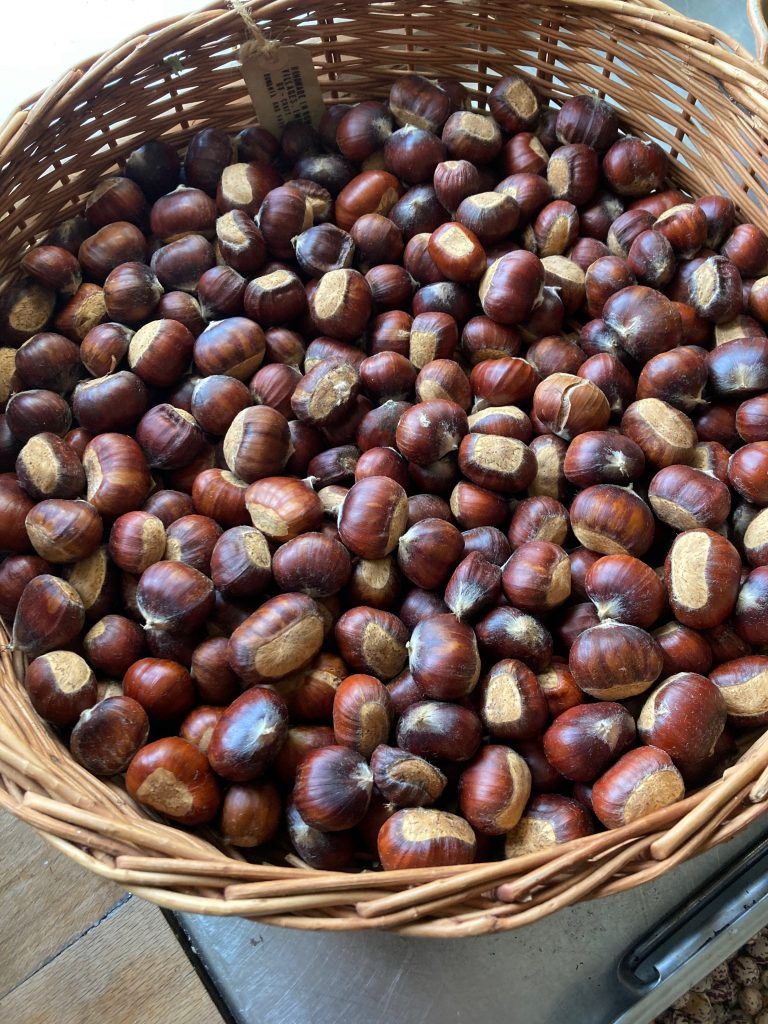
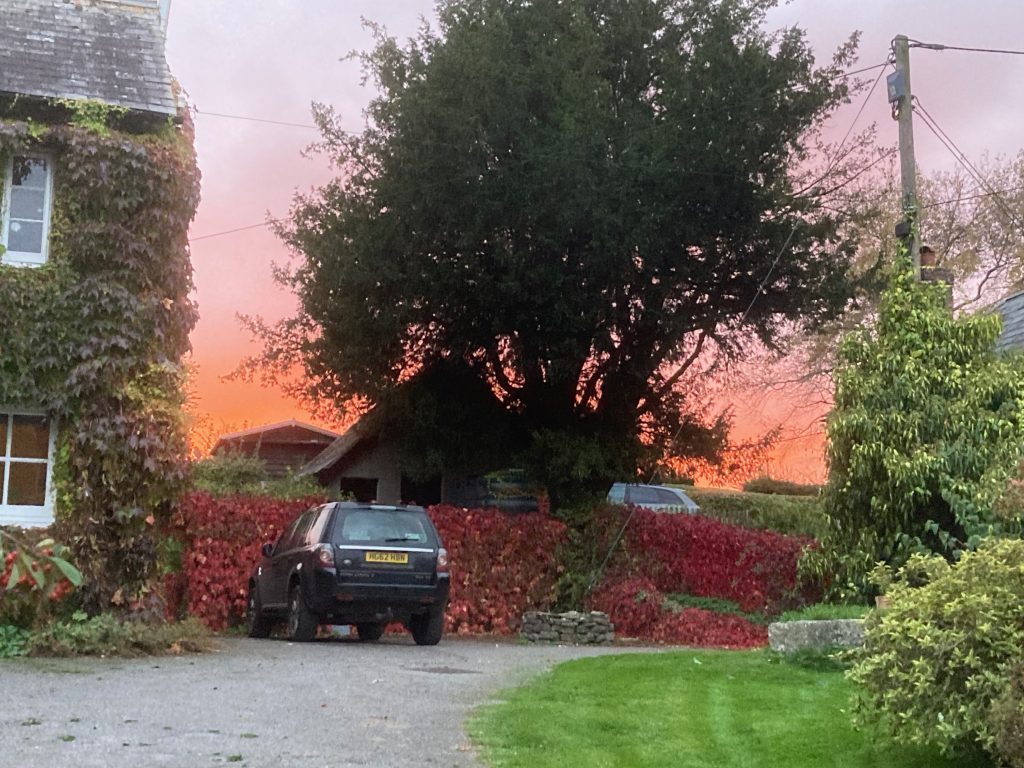
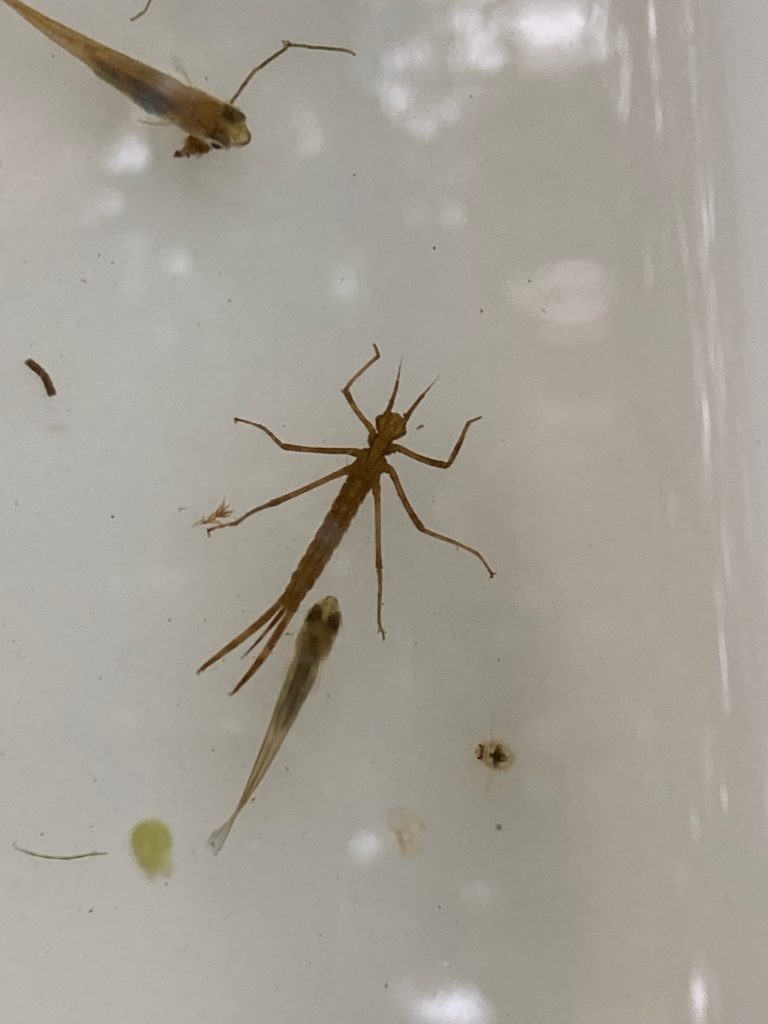
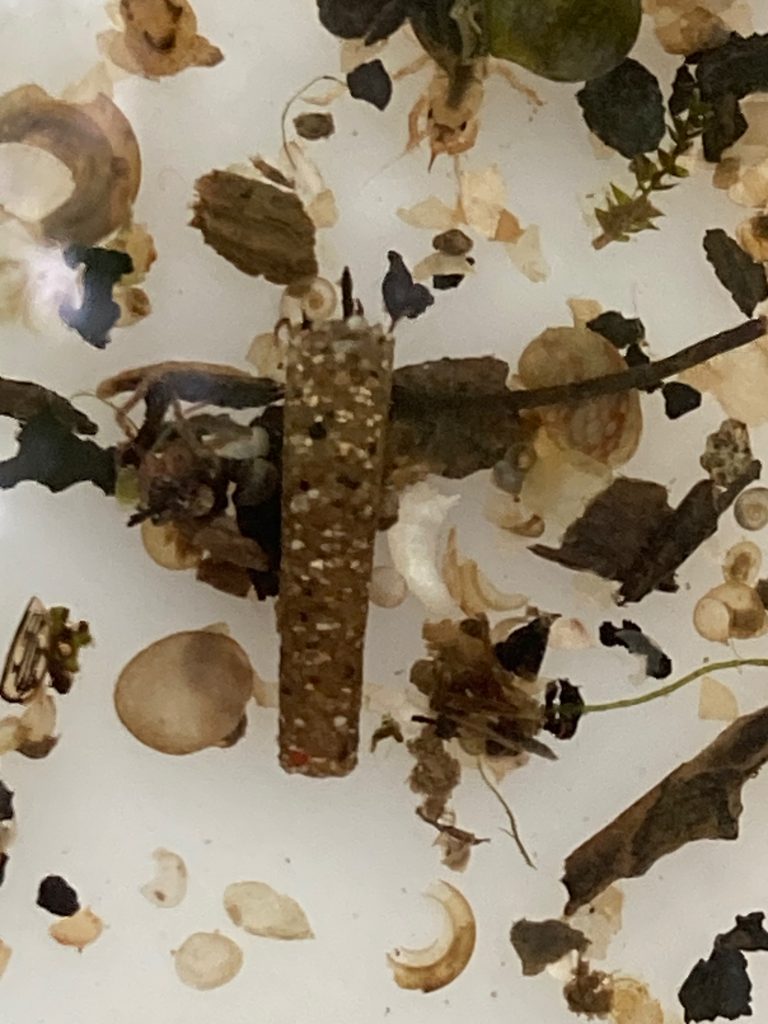
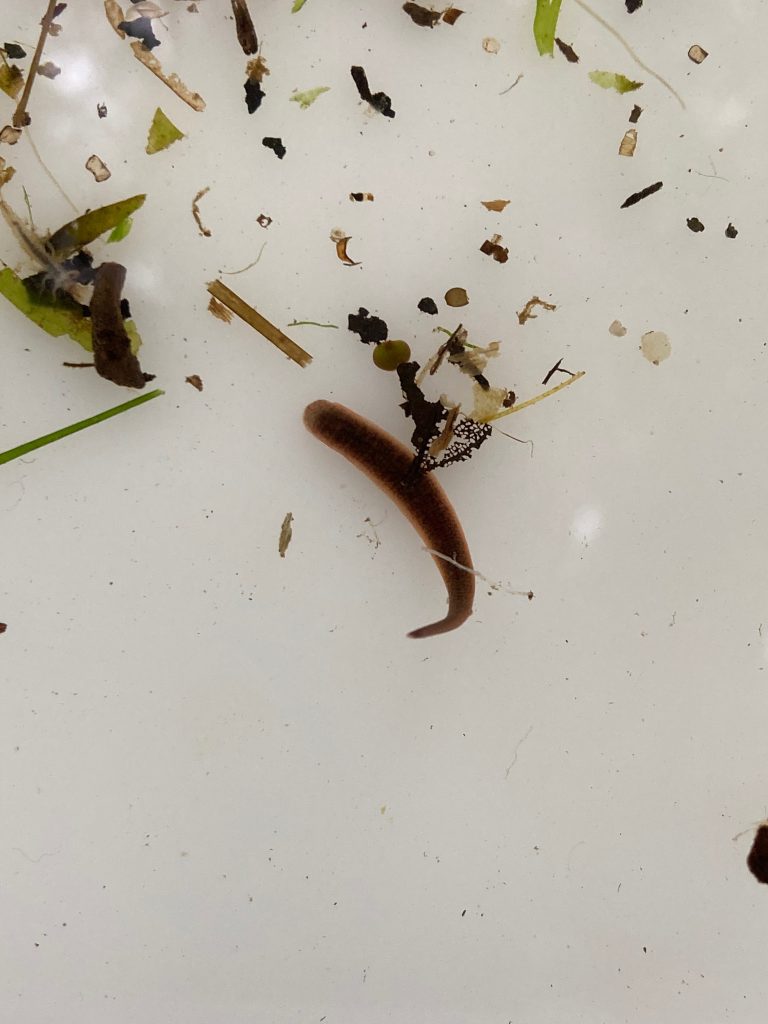
Damsel fly larvae and minnow. Caddis fly larva’s stony home. A leech!
An evening spent on the bank of the Stour at Cowgrove farm near Wimborne, as a guest of the Badbury Rings farmer cluster group, was a real treat. We listened to presentations on beavers, water voles, black poplar trees and water quality. Matt Irvine of the Wessex Rivers Trust led us with a river bed net trawl, with the nets emptied into large bowls for us to examine. Many species could be identified, as you will see from some of the pictures. Caddis fly larvae always take me back to very early school days, when I recall being captivated by the idea of these creatures building a protective case around themselves with grains of sand and tiny stones, during Nature Study lessons. I can’t help wondering if the patent for their glue might have expired, now we find that gorillas seem to have cornered the glue market these days…..
Neve Bray from Dorset FWAG (farming and wildlife advisory group) brought us up to date on beaver releases and progress. There are known to be beavers on parts of the Stour now, and the evidence of their presence is hard to confuse with any other species, their toothmarks and the obvious strength of their jaws are unmistakeable. Some farmers worry they will cause flooding of farmland and devastation of trees, others are prepared to imagine the long term view, that of slowing down water movement in heavy rainfall periods, which should actually reduce flood risk downstream, and the creation of more watery habitat.
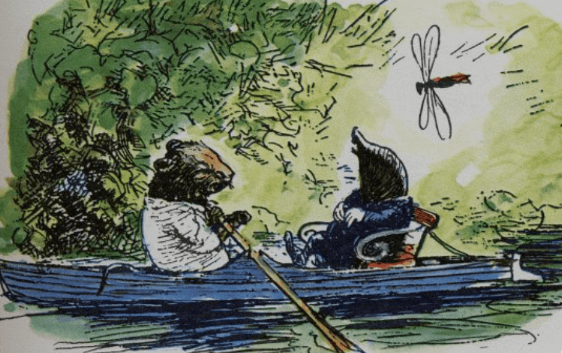
Image from Kenneth Grahame’s book, illustrated by EH Shepherd
Dr Merryl Gelling from the Mammal Society provided a fascinating talk about Water Voles. Readers may be acquainted with Ratty from Wind in the Willows, a devoted friend of the Mole, and lover of just ‘messing about in boats’. In real life Ratty is a Water Vole, whose population has been devastated by predators, largely mink, an alien species which now exist widely in the wild, having either escaped from fur farms over the decades, until the ban in 2002, or were released on purpose by anti fur farming protestors, who, misguidedly have inadvertently caused the near destruction of the water vole in the UK. Mink are just the right size to fit into water vole burrows, the entrances to which are usually located just below the water line on rivers, to protect them from non-swimming predators, but this is no defence against the vicious and deadly mink, which also causes much damage to salmon and ground nesting bird populations. There are now a number of mink destruction schemes operating around the country, using traps baited with smelly mixtures involving meat, fish or best of all the scent from another mink. With luck a scheme might begin soon on stretches of the Stour, and training is available to groups who wish to undertake such activity. The squeamish should not fear or blink, the mink is a deadly predator which causes huge environmental destruction, and once caught it is illegal to release. The same is the case with rats and grey squirrels.
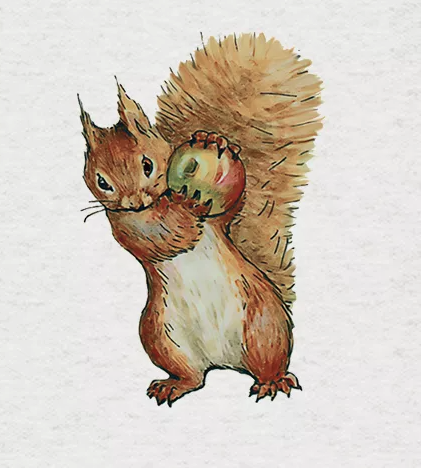
Thank you Beatrix Potter
This brings to mind the 11th Duke of Bedford, who in the 1880s recklessly released imported American grey squirrels from his Woburn estate, he considered the creatures to be interesting exotics. He even presented breeding pairs to landowning friends around the country. These catastrophic actions have resulted in the near destruction of the native red squirrel, once present in most of the UK, but has been all but wiped out in most of the country by habitat poaching, and by the disease squirrelpox, that was brought into the country by greys. There are now an estimated 2.7 million greys in the UK, and only between 150 – 200,000 reds, which remain in isolated places like Brownsea Island in Poole harbour, the Isle of Wight, and more widely in Scotland.
To optimise success rates from all the tree planting that well-meaning environmentalists wish landowners to carry out, they also need to find people who are prepared to trap and destroy grey squirrels, on a very large scale. The grey is responsible for staggering amounts of damage to trees across the country, by eating out growing points, and damaging bark. I could start on deer here, which also challenge our chances of reforesting areas of the country, but that could be too much for one sitting.
The fourth item on that fascinating evening down on the Stour was the Black Poplar project: Niki Harper leads the Trees for Wimborne Black Poplar project, and told us all about the tree’s history and why it needs help. This project caught my eye following a visit to friends in Herefordshire who live beside the River Lugg. Walking on their meadows alongside the river during the very wet April last year, they were proud to show us their newly planted Black Poplar trees, and explained the importance of them.
Once common across our floodplains, these giants have dwindled due to habitat loss, hybridisation, and changes in land management. But thanks to dedicated conservation groups like Trees for Wimborne, there’s hope for their revival.
A mature Black Poplar can soar up to 30–40 metres tall, living for 200–250 years. They demand light and space—never plant them under dense canopy or in heavy shade.
As a consequence of the conversation, Niki has provided 4 saplings, 2 male 2 female, which we have planted in two pairs M/F, alongside the Stour at Durweston, in areas protected from grazing animals, in the hope that they will survive and grow into mature trees over the next few years, adding diversity and interest to the area.
For further information on the Black Poplar: https://www.wildlifetrusts.org/wildlife-explorer/trees-and-shrubs/black-poplar#:~:text=Our%20native%20and%20wild%20black,declined%20massively%20over%20the%20years.
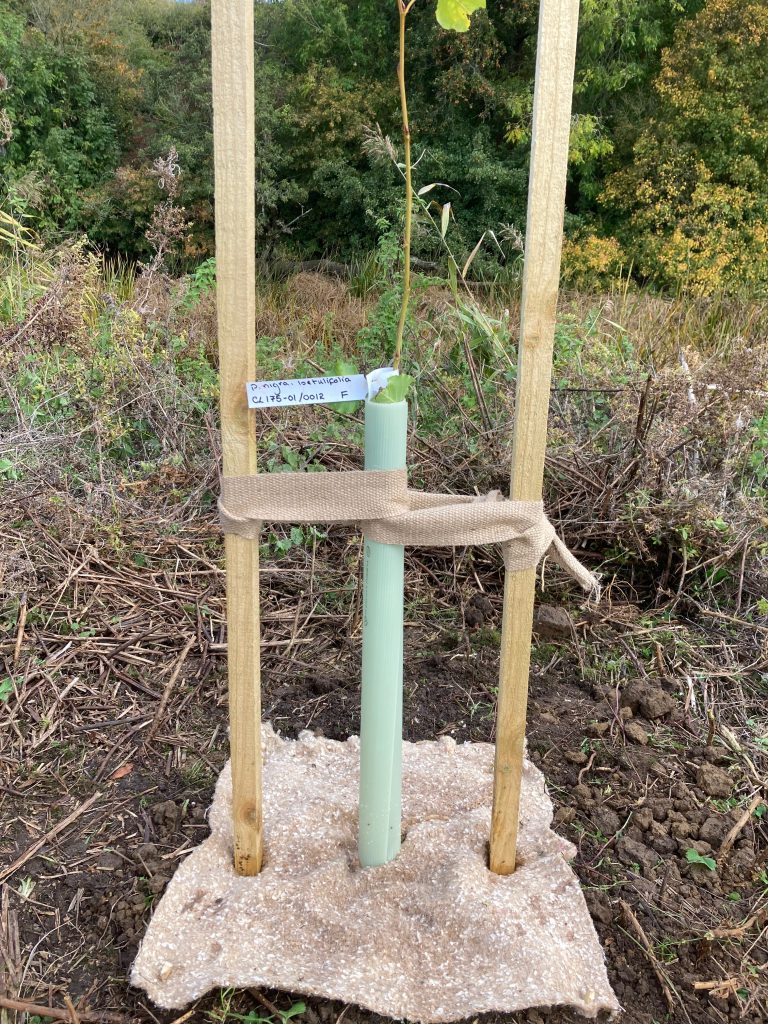
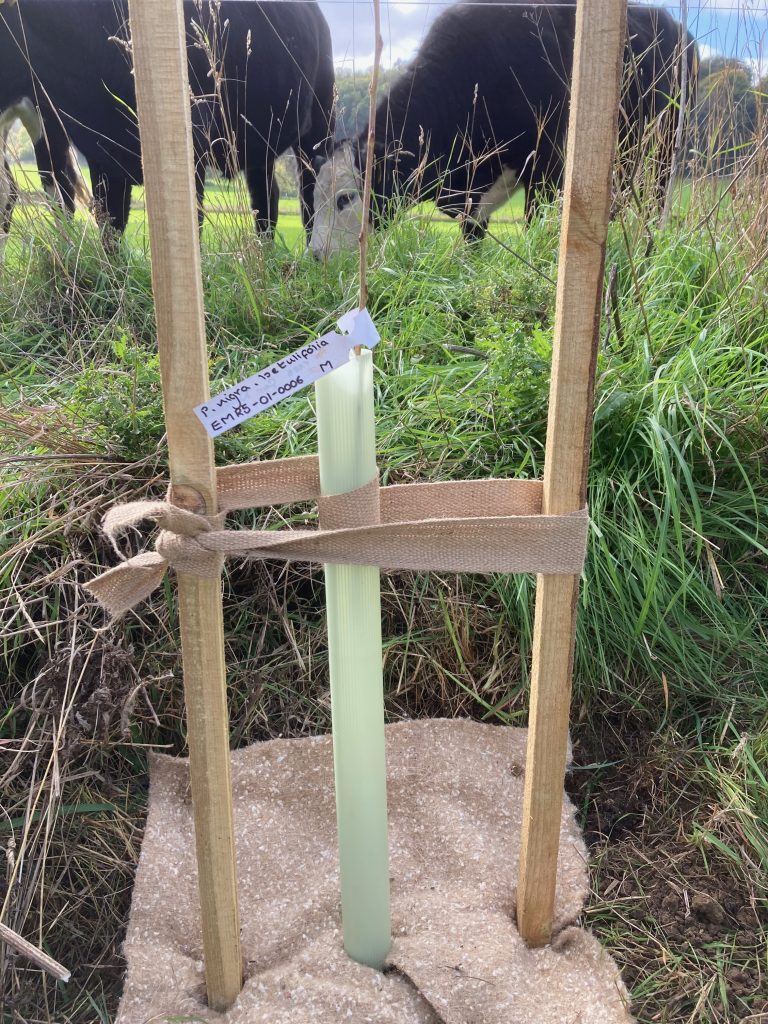

At the other end of the environmental spectrum, one might say, we turn to an old fashioned and often highly damaging machine:
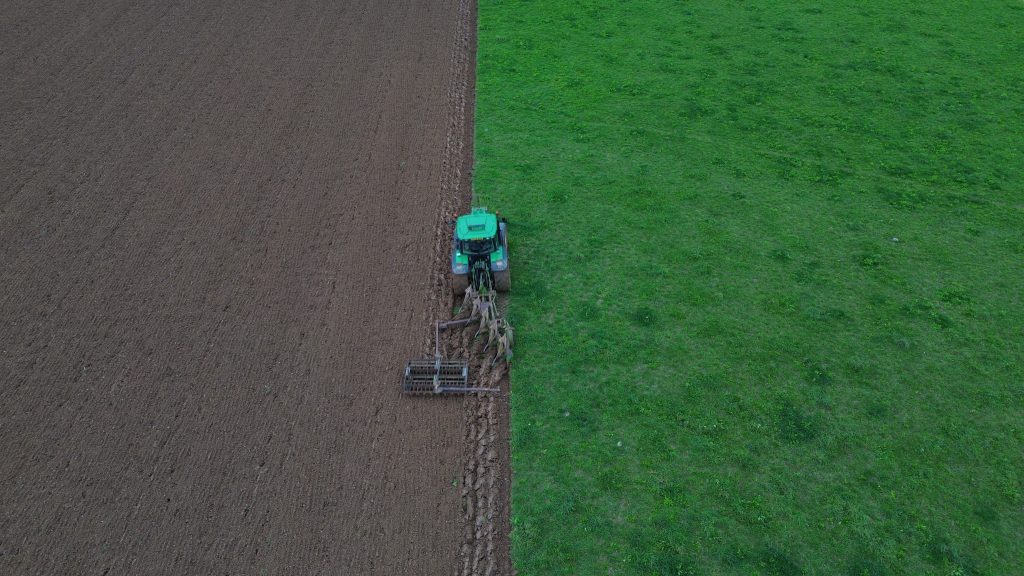
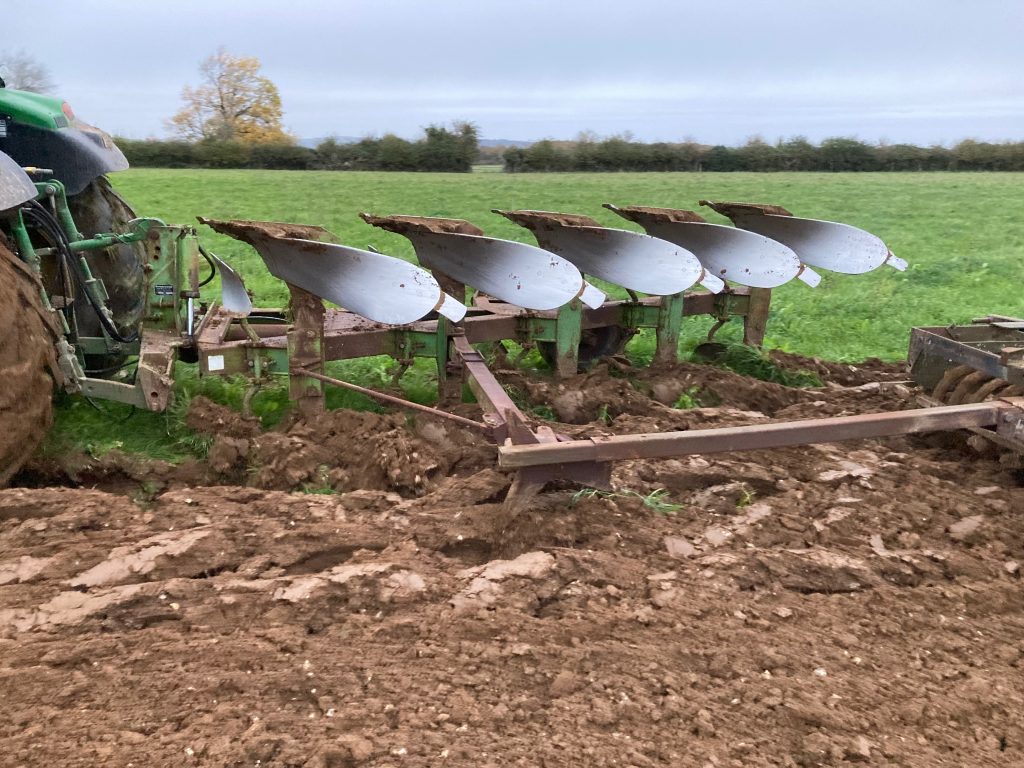
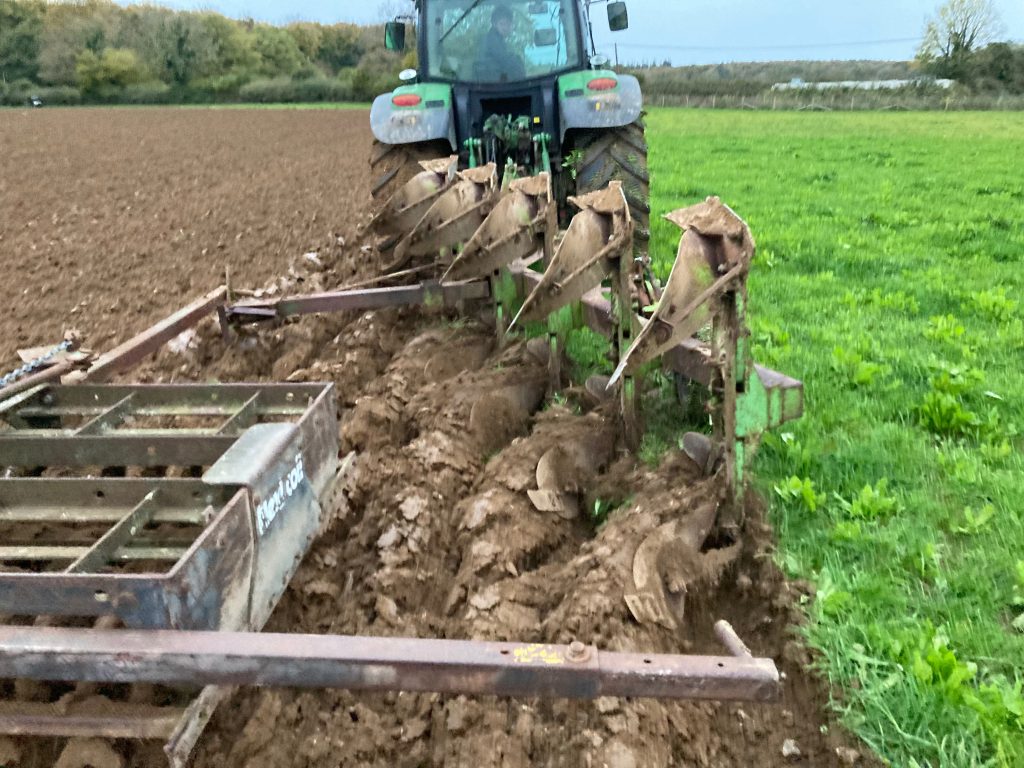
Not 2001 this time, but 2025 (see previous broadcast, May-July, for the decision making process). We eventually found the plough in the bushes, Will spent two days with wire brushes and numerous buffing discs removing 23 years of rust, and last week set forth into the first of two herbal ley fields due to return to wheat cropping this autumn. His elbow grease worked wonders, within a couple of turns of the field the plough furrows were properly shiny, and turning over the soil beautifully. The furrow press trolling along behind the plough, kindly loaned by Nigel from Gussage, is doing a good job of firming the soil, which will help to prevent the next tractor into the field from sinking too deep and making a mess with wheel marks. The plan is to follow the plough with the Vaderstad Rapid drill, which consists of a set of discs in front of the drill coulters, these should shake down the soil a little, and disturb any lurking leatherjackets (the larva of the Crane fly, or Daddy long legs, a voracious devourer of young cereal plants). We needed to push on promptly with the drill before we get too much rain, freshly ploughed soil turns to a pudding very quickly when it starts raining, and takes far longer than undisturbed soil to dry out again.
For those who have no idea what I am talking about, here is some light relief:
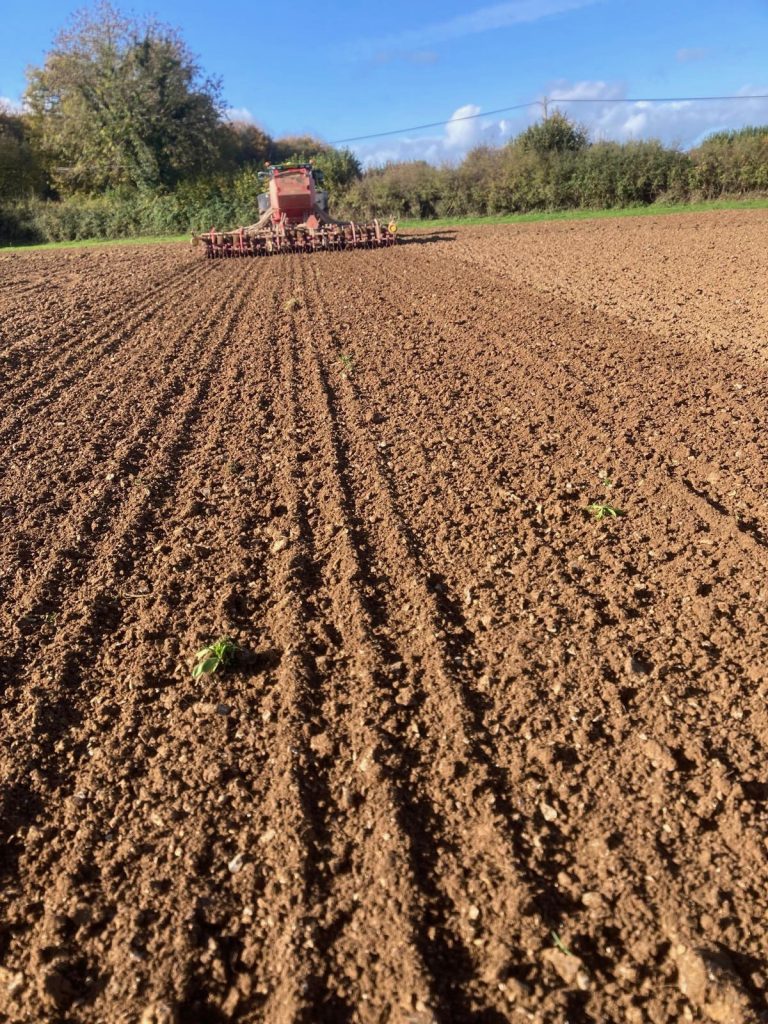
One soon remembers why we gave up ploughing all those years ago, it is slow, labour and fuel intensive, leaves the soil loose and vulnerable to rain, destroys organic matter, and wears out metal and rubber on machine and tractor. However sowing into grassland presents its own special issues, we only have 35 acres to do, and with luck we will get a better wheat crop than we might have done any other way. Never say never.
Before we leave ploughing, here are some thoughts from nature writer John Lewis-Stempel’s latest book – England, A Natural History: “I am always happy ploughing, a mental state, according to scientists at the University of Bristol, enhanced by the very soil itself. A specific soil bacterium, Mycobacterium vaccae, activates a set of seratonin-releasing neurons in the dorsal raphe nucleus of the brain, the same ones targeted by Prozac. You can get a very effective dose of Mycobacterium vaccae ploughing. Or gardening.” Presumably you’d get an even bigger hit if ploughing behind a horse.
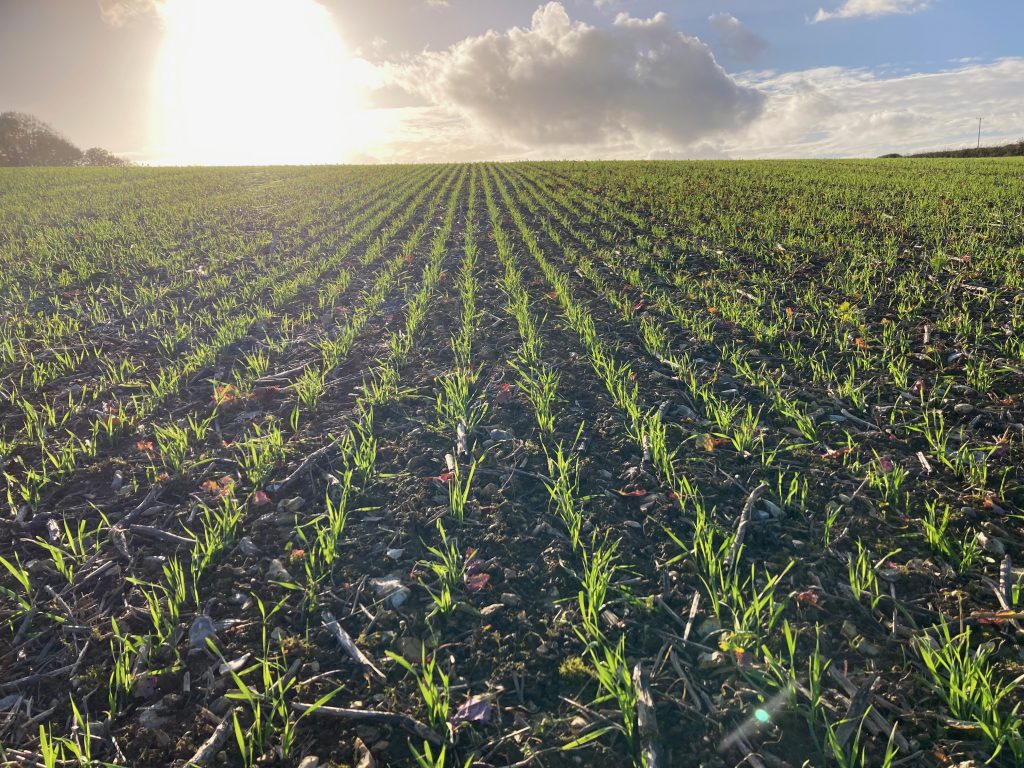
On the rest of our autumn acreage we have stuck to drilling direct, where the crop is sown into the residue of the previous crop without cultivation, as we have done for the last 4 seasons. This method did not work well when we tried it the last time we terminated a grass ley, hence the return to the plough this time. However direct drilling has worked well for us in all other situations in the autumn since we first took the plunge, but has not been so successful in spring time. More on this another day……
An interesting letter fell into my lap a couple of weeks ago, purporting to originate from Velcourt, the well known corporate farmer of other people’s land. They appear to be bailing out of many of their farming contracts because they have found that, surprise surprise, agriculture is no longer giving them enough profit, with presumably even less left over for their landowner clients.
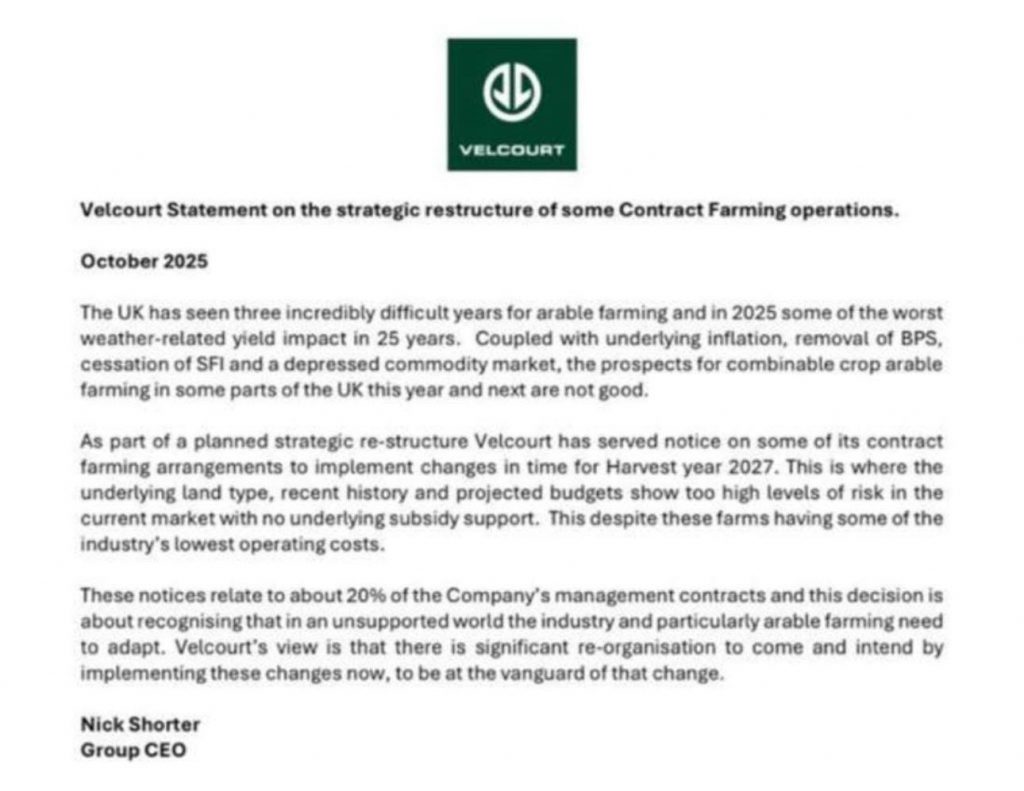
The loss of the Basic Payment Scheme, the legacy EU farm support scheme, finally finished off 2 years early by our current government, the closure of the SFI (sustainable farming incentive) scheme, the relentless rise in input costs and this year’s calamitous fall in crop prices have all conspired to tell Velcourt what most farmers farming their own land would also have told you this year. The problem for Velcourt is that they will have carefully constructed contracts with their clients in some cases originating many years ago, which would allow for allocation of cost responsibilities, and division of profit. Some contracts would include the BPS and environmental scheme income, others wouldn’t. Where the pips are now squeaking is due to all the factors above, and overarching uncertainty for the future. Even now we have no idea when the government will announce new version of the SFI (sustainable farming incentive), a vague promise that it will appear ‘next year’ is simply not good enough for an industry that functions on decade long decision cycles, not year to year. To follow this particular topic further please see last episode https://viewfromthehill.org.uk/july-august-2025. In particular the section on Tom Bradshaw’s presentation at the Dorset County show.
Velcourt have long been viewed askance by many farmers, whether owners or tenants, who continue to farm their own land themselves. Such a company benefits from bulk buying agreements with national suppliers, whether it be fertiliser, chemicals, tractors or fuel; they run crop trials and manager trainee schemes and employ highly skilled managers across the country, several who would be running upwards of 3000 acres each, with well equipped farms and a laser eyed focus on efficient production. Nothing wrong with this of course, it means that food is produced efficiently. The land and resources are driven hard in order to get the best results. I wonder however whether this model fits the sustainability, climate friendly, clean water and soil health agenda that so many preach for food production these days? How much love is lavished on the land that is farmed in this way? It has become a business first and foremost, and less of a farm, when so many acres, often several holdings separated by miles, are run as one. One might say it is inevitable, as food production becomes ever tighter financially, but the heart is being ripped out of rural life.
There is a link to the debate on Inheritance tax buried somewhere here. Land holdings become ever larger, usually as farmland has for many years been bought up by wealthy individuals who have earned their wealth elsewhere, or sometimes by real farmers selling farmland for development, who are allowed to roll over the often astronomical proceeds into more land, tax free (thanks to capital gains tax rollover relief, which to my mind needs reform before IHT). But more often than not land is bought up by people or institutions looking for a safe investment, who are not farmers. In the past they would have rented it out to a tenant to do the actual farming, but sadly this happens a lot less these days because of the likes of Velcourt who convince the owners that they can earn more for them than a tenant could afford in rent as a one person business. Those who wish to become tenants generally regard Velcourt as unhelpful competition, but it is not entirely their fault. Perhaps we all need to take a good hard look at what is best for the land and the environment. If landowners are not going to farm the land themselves, should they be allowed to own it at all ? Discuss.
The government’s IHT changes as they currently stand do practically nothing to address these issues, they won’t raise much income for the Treasury either. Alterations have already been suggested by others which might increase the tax take for the treasury, enhance the amount of land offered to tenants, and limit the entry of investment money into the farmland market, but the government seems deaf to these and other good ideas. As it stands, land will in future be subject to just 20% IHT, considerably less than the 40% incurred by other assets, so the same structural problems will persist.
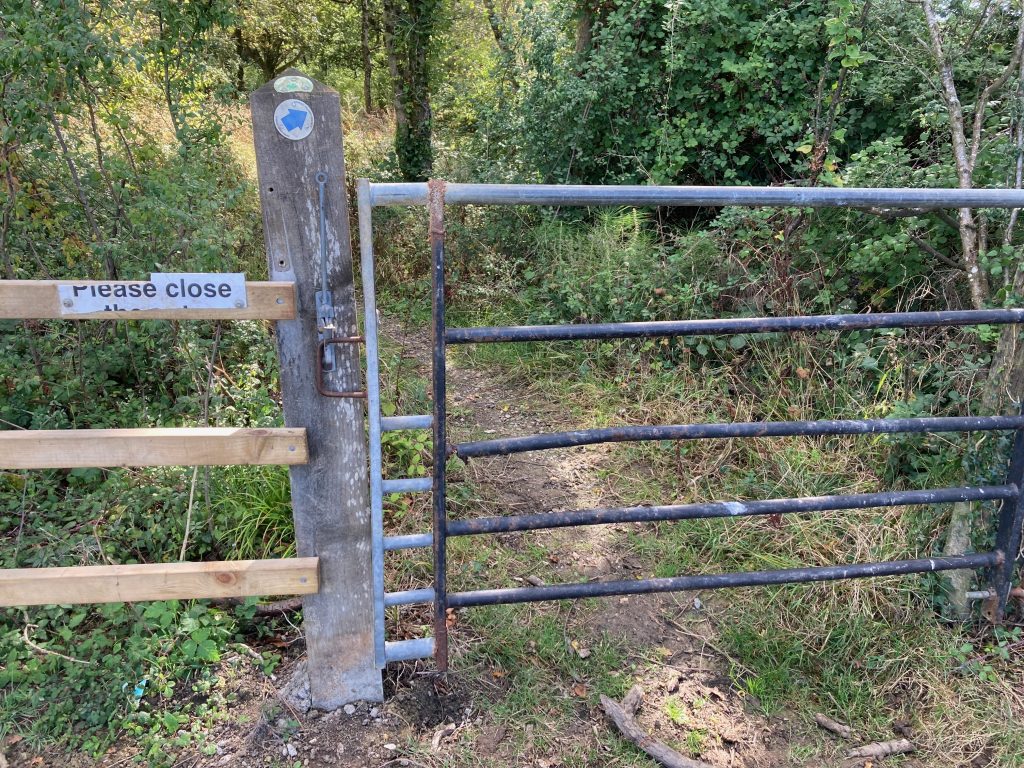
One of my favourite gates in Dorset. Found on a path somewhere between Bulbarrow and The Dorsetshire Gap. Waste not want not I guess is the strategy on the farm. One wonders if placing another post to narrow the opening would have attracted less attention.
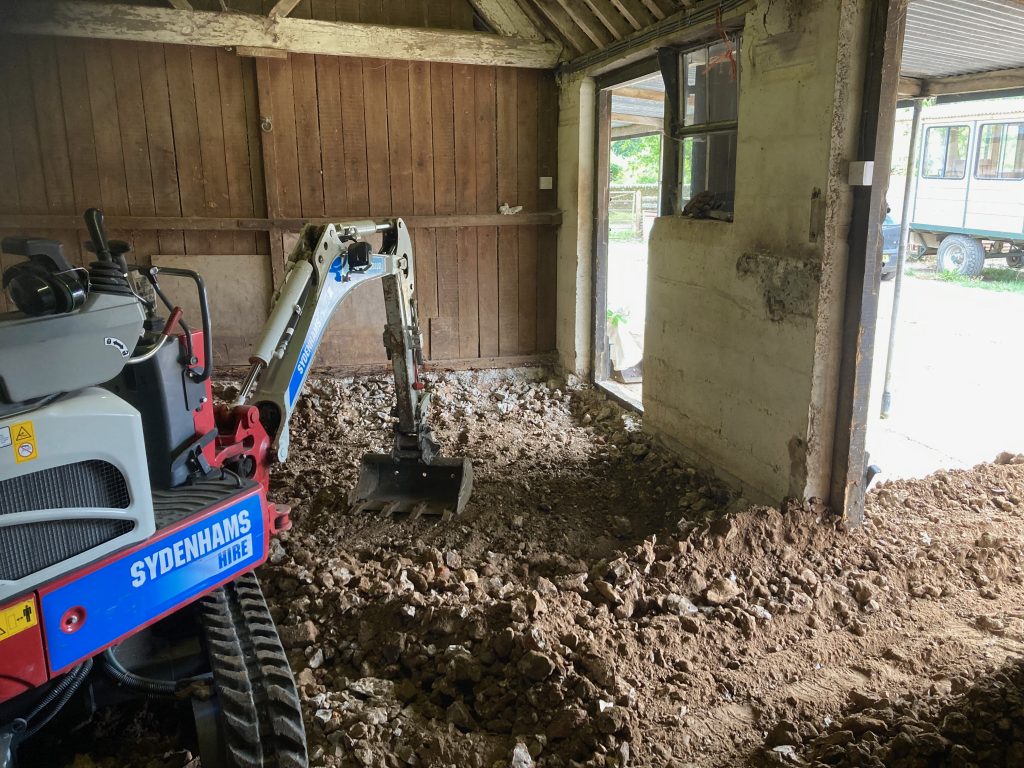
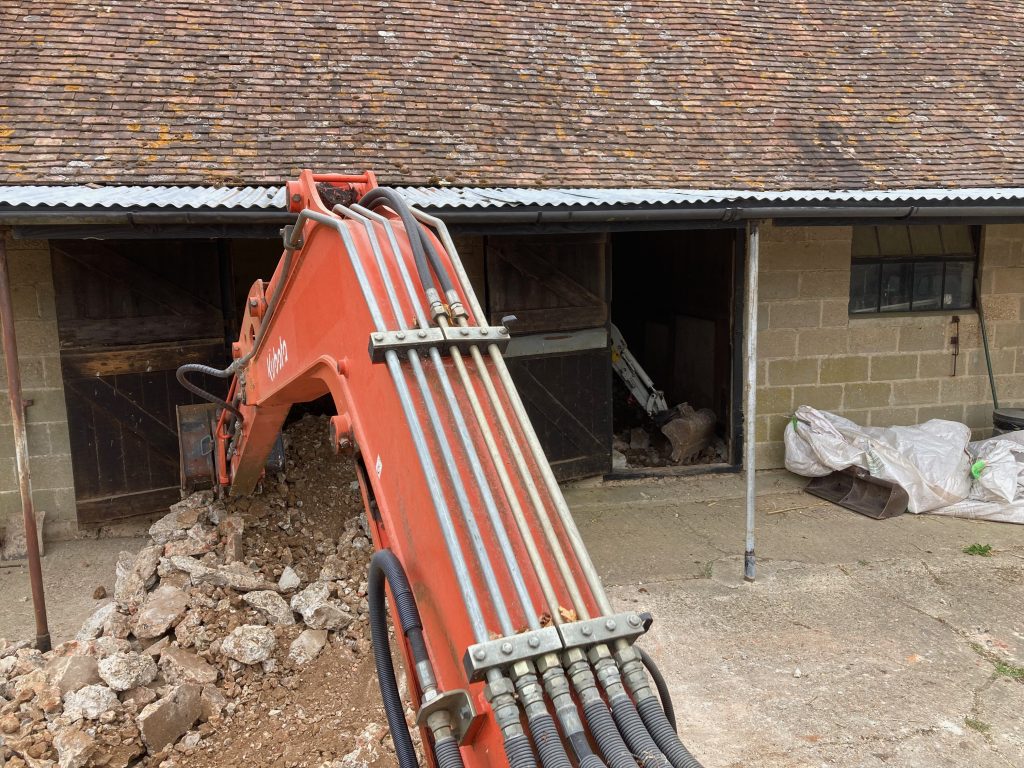
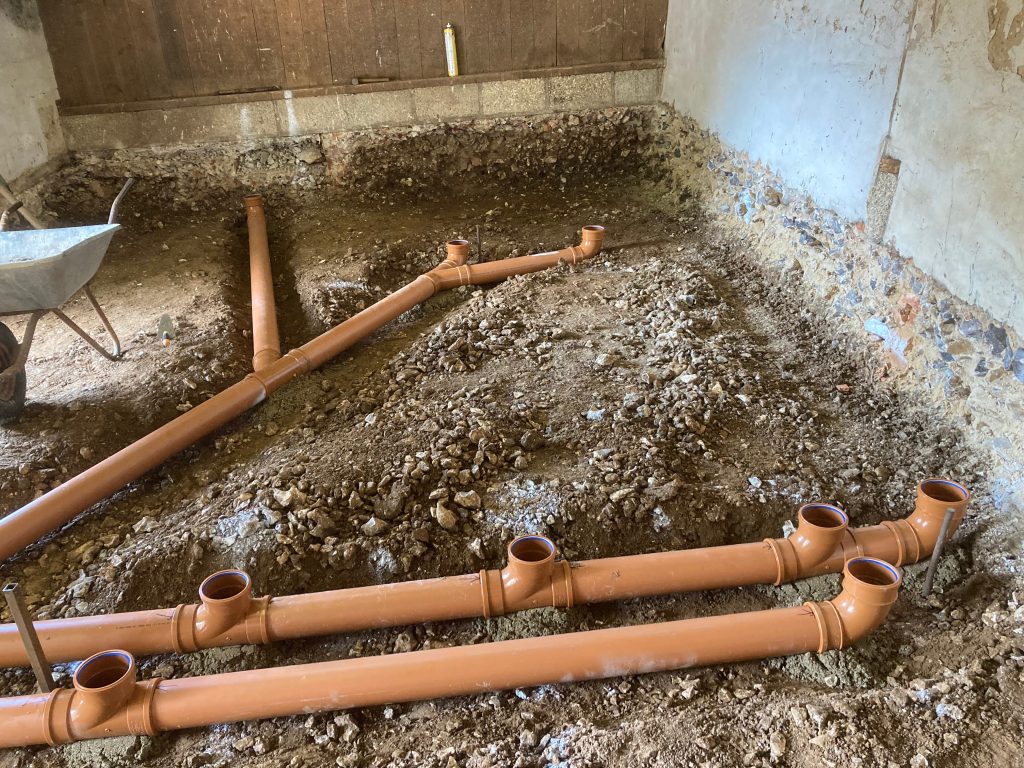
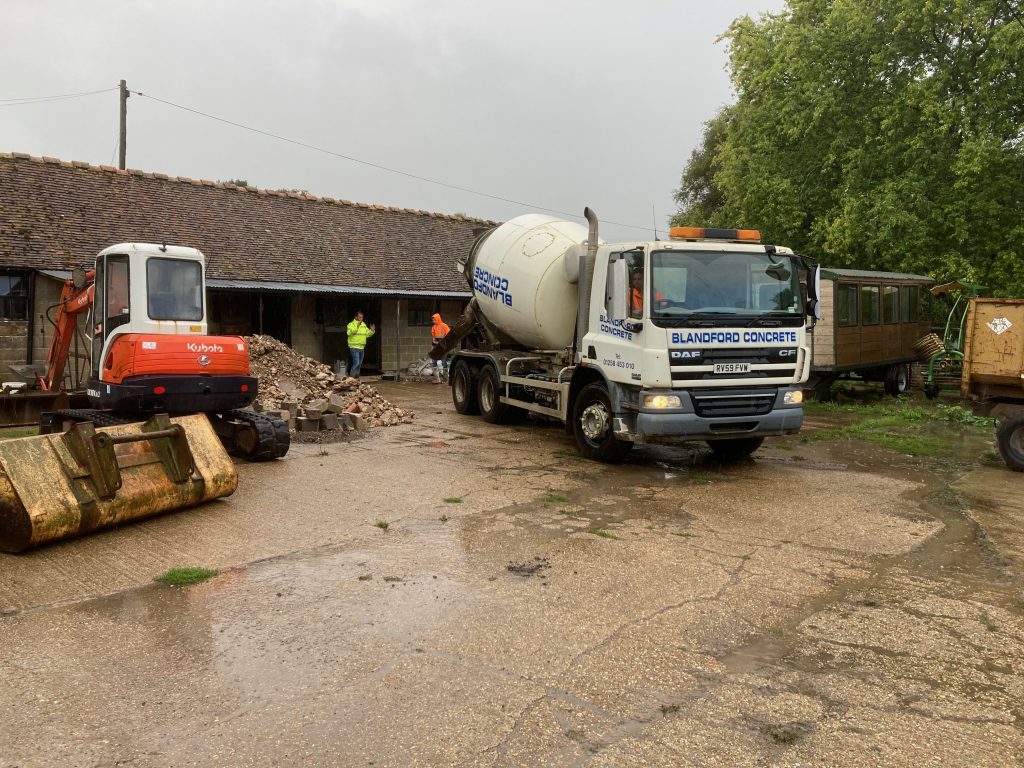
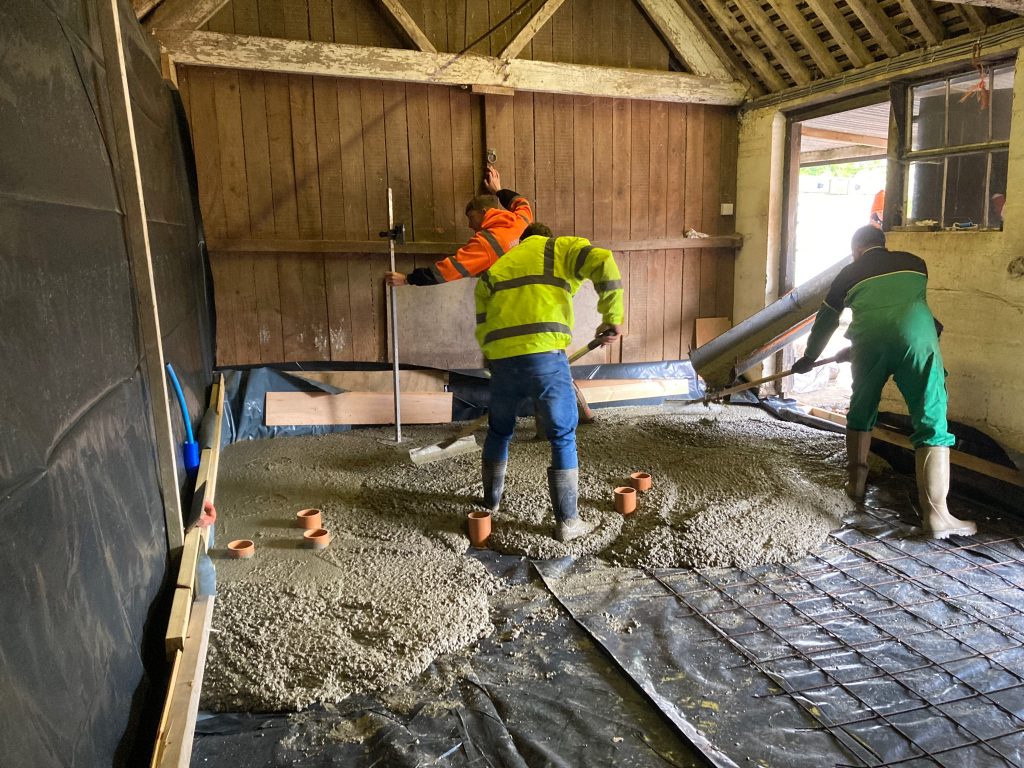
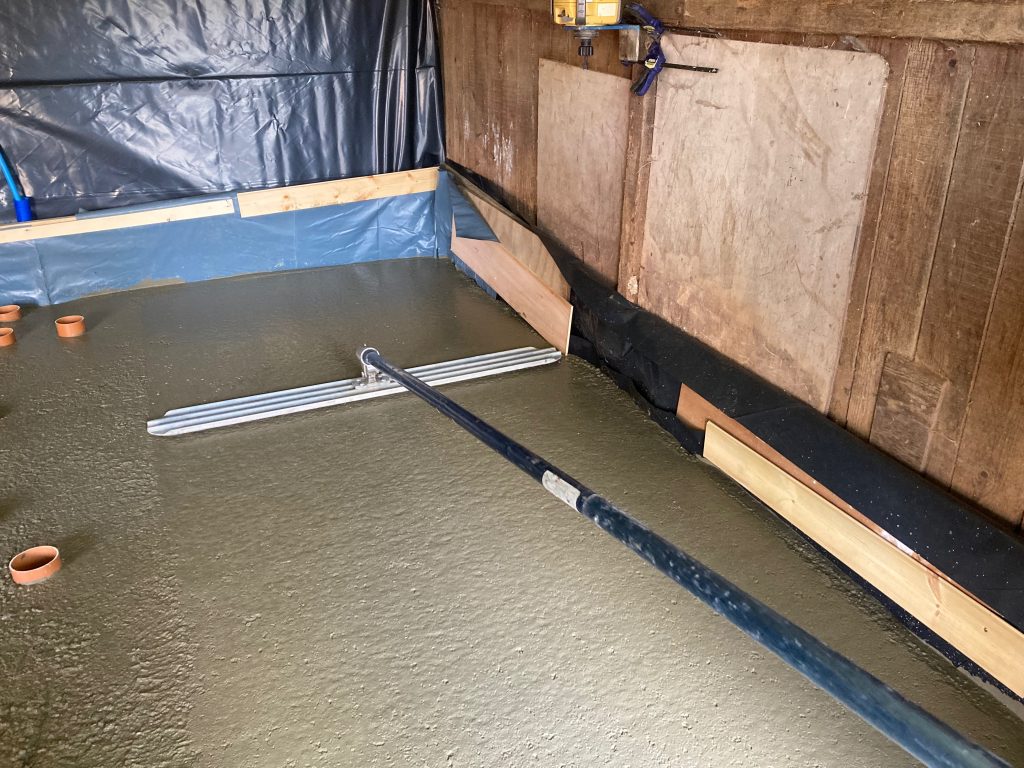
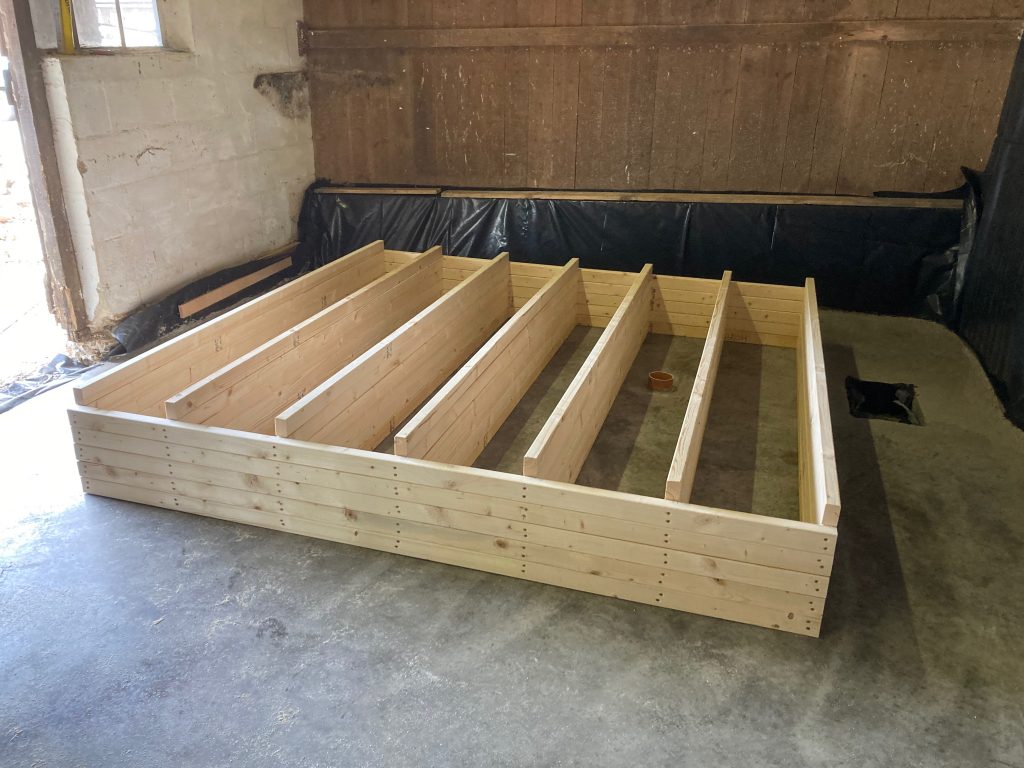
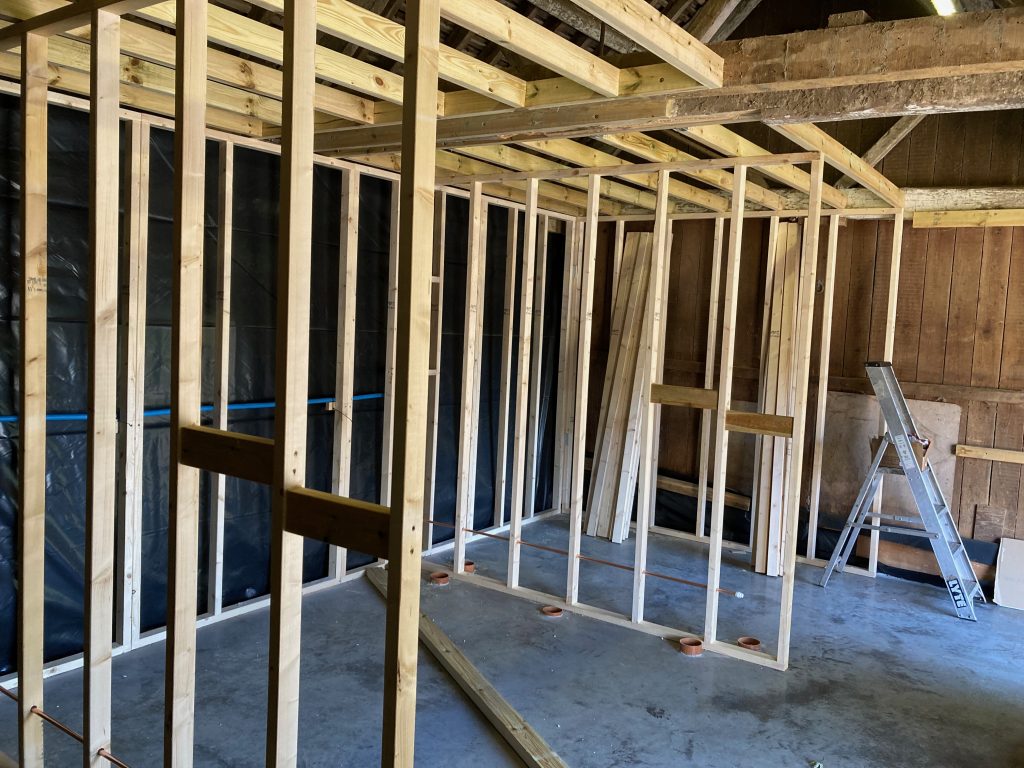
The conversion of two former stables into a toilet block to service the farm classroom has been forging ahead over the last couple of months. Drew has been hard at work, and last week we were able to open for use for the first time, it made running this week’s farm visit and cookery session a lot easier; far less time wasted traipsing all the children to the facilities at the other end of the yard.

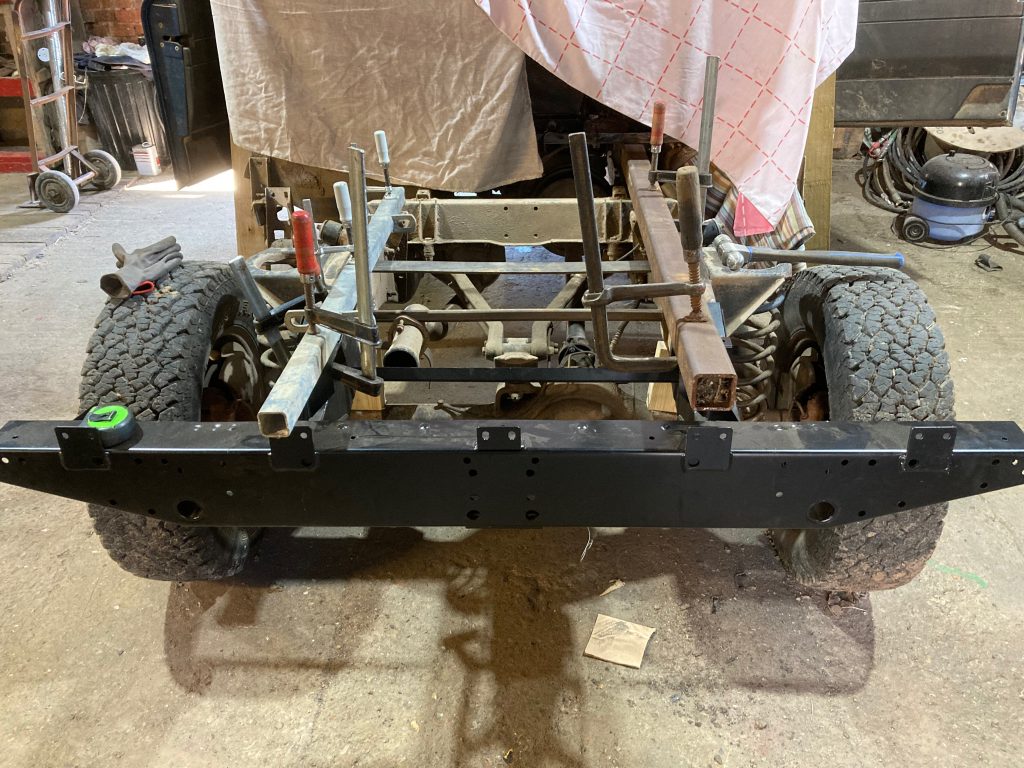
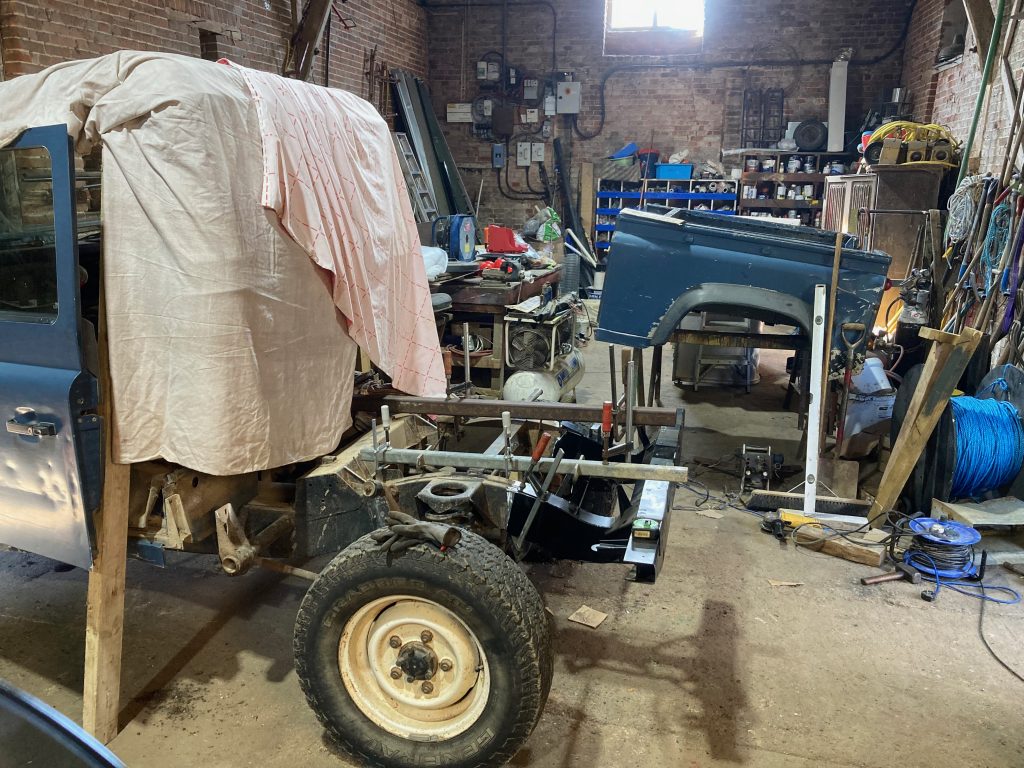
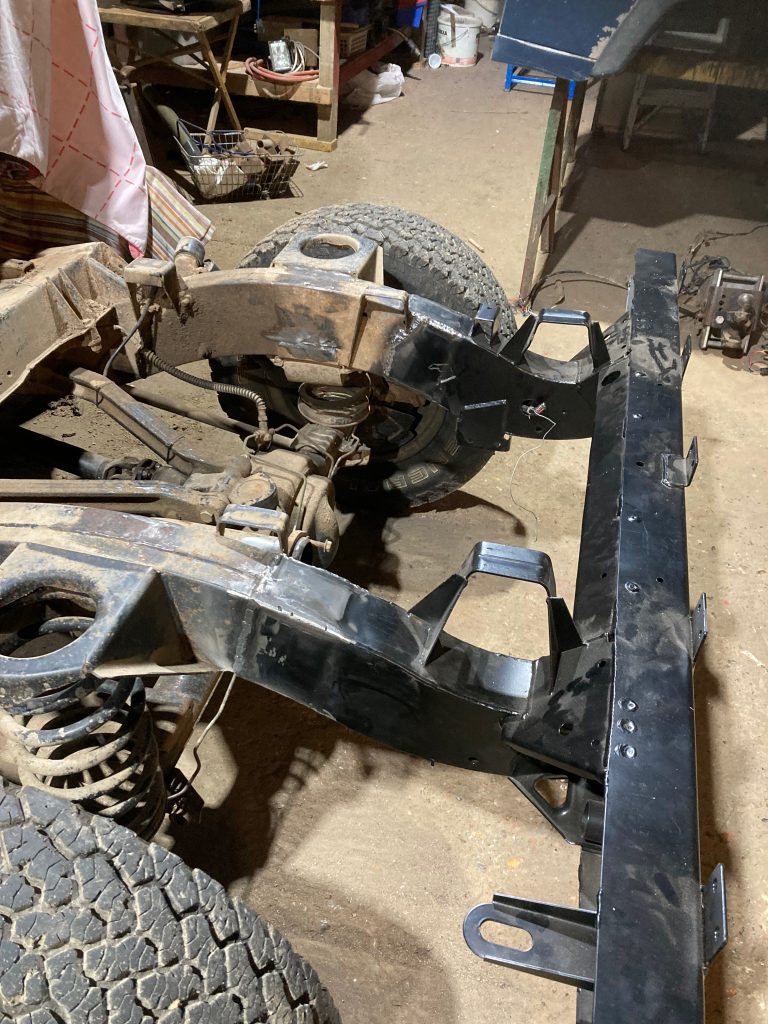
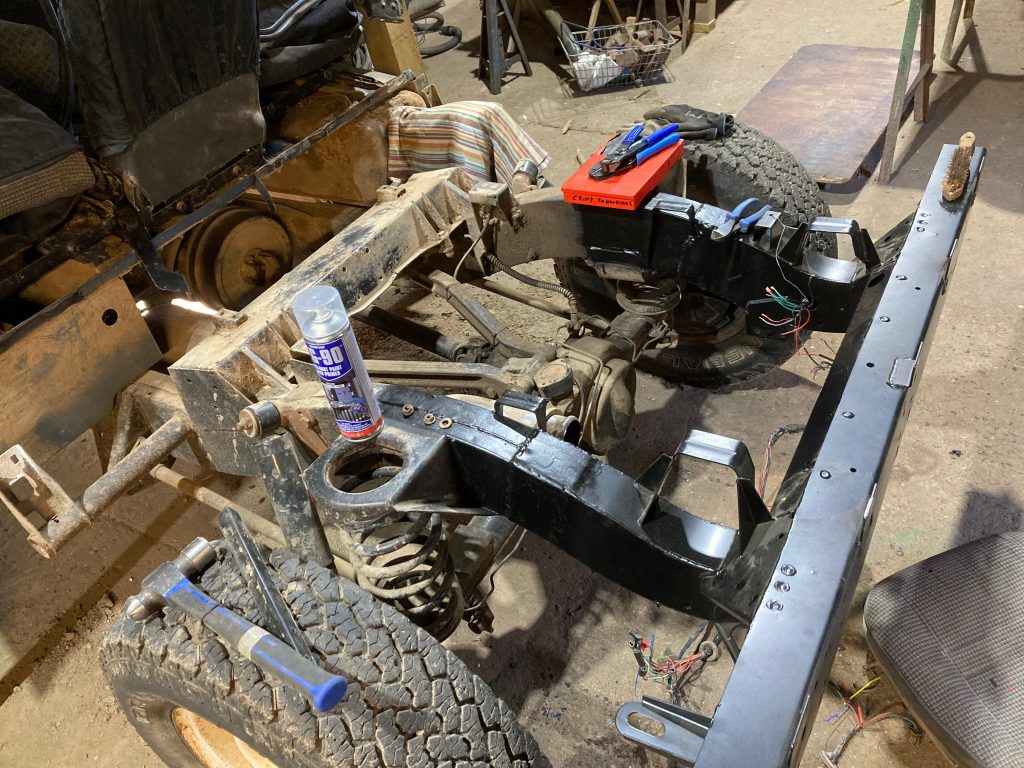
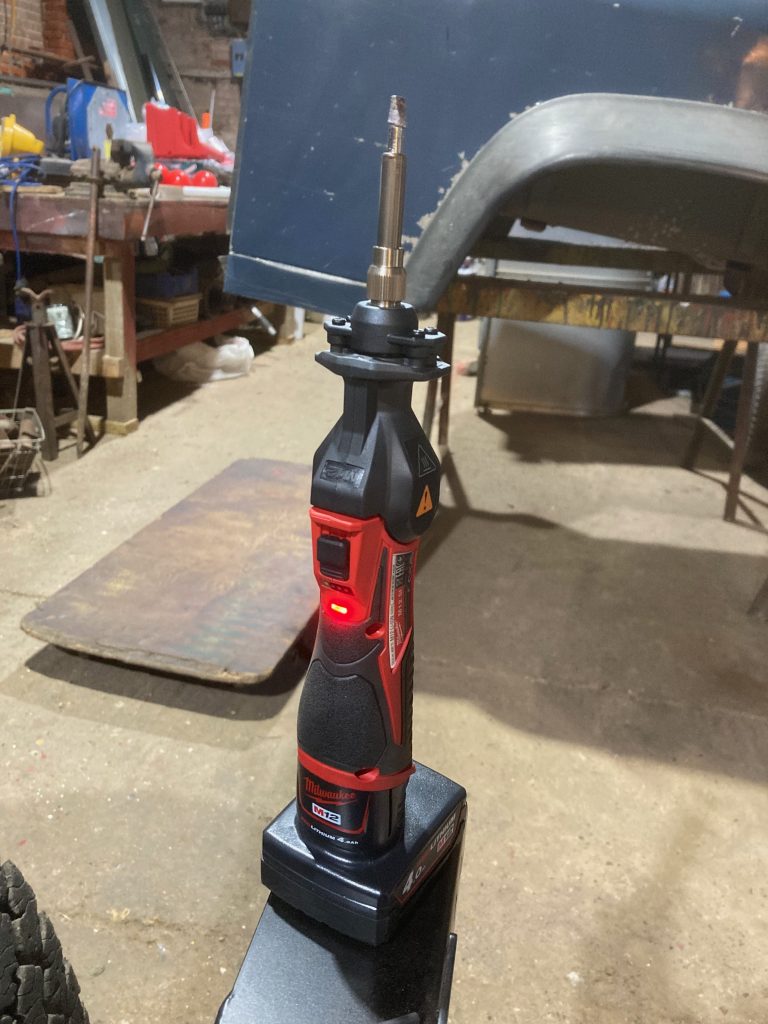
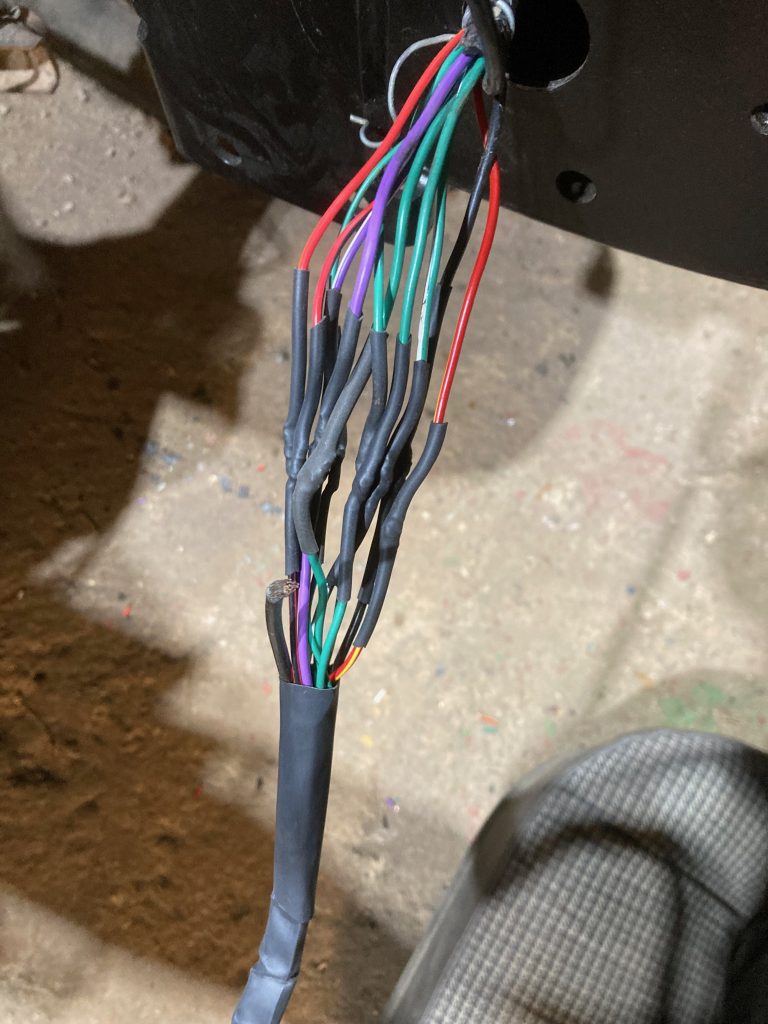
A Landrover MOT failure corrected. A team effort in the farm workshop – Fred sourced the new rear chassis member, Drew cut out the rusty item, welded in the new, and muggins with his fancy new Milwaukee soldering iron, sorted the electrical problem. All now back together and passed the retest. Result.
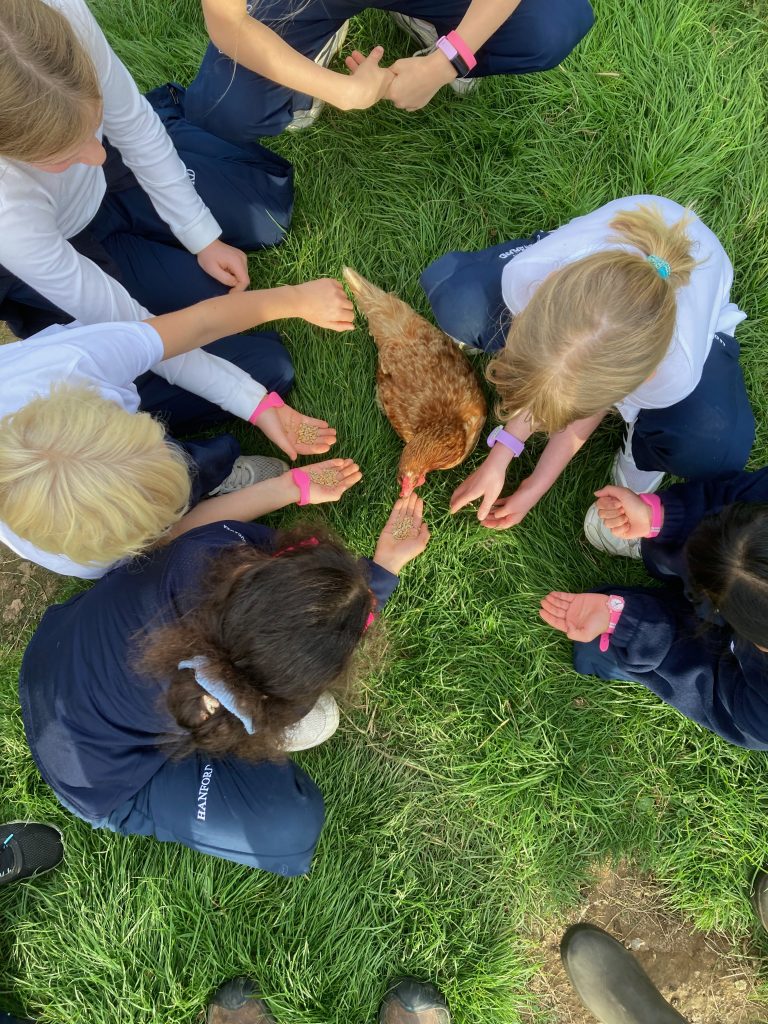
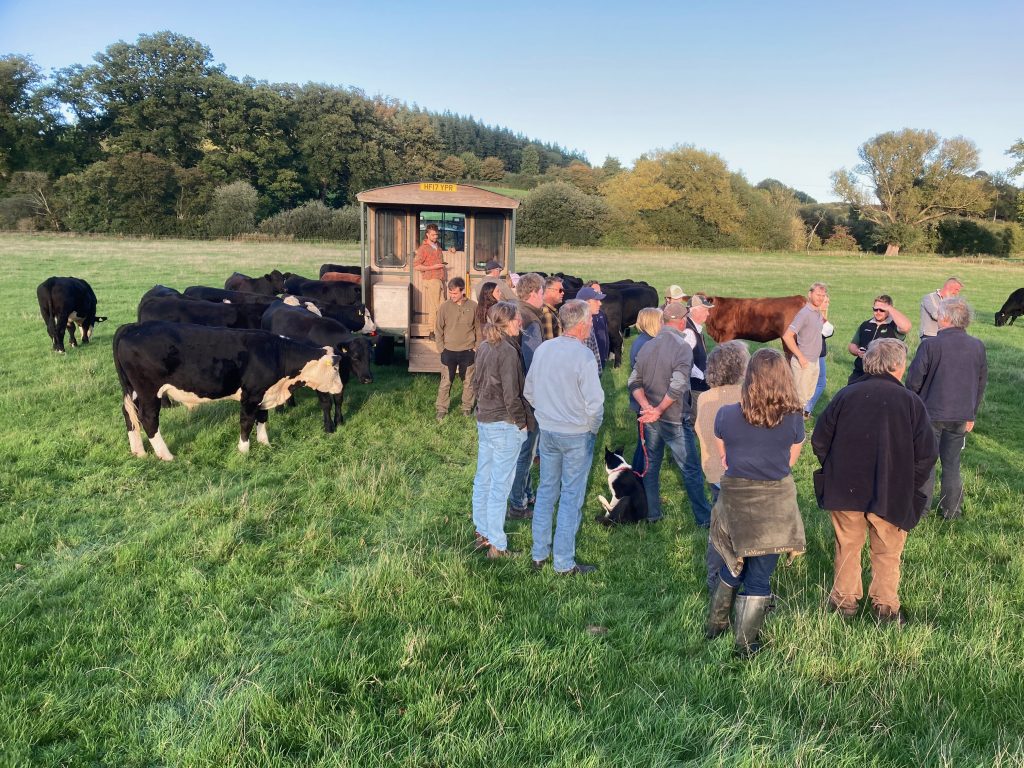
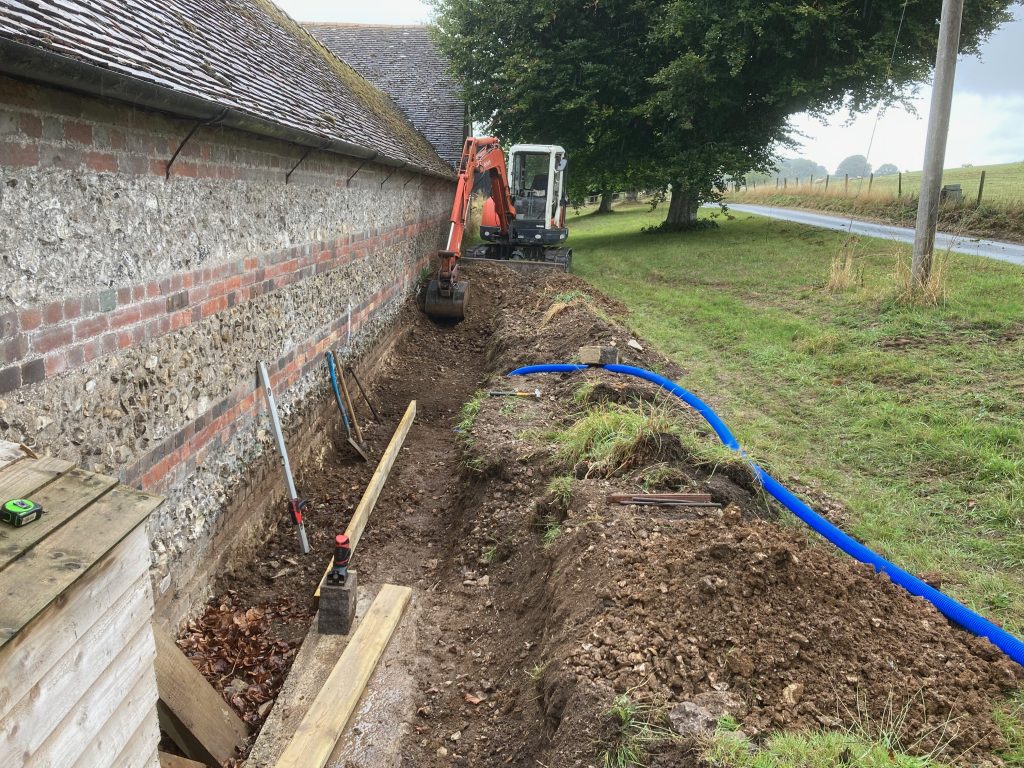
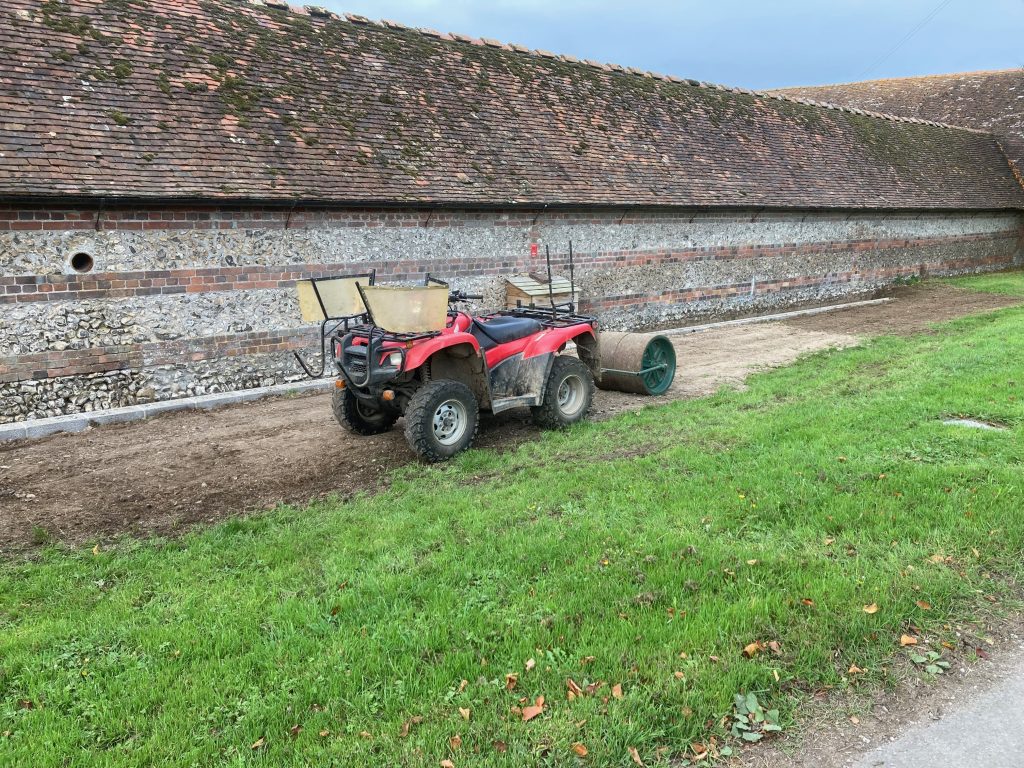
During and after the installation of an open drain to keep damp out of the classroom / loo block building. It is now greening up.
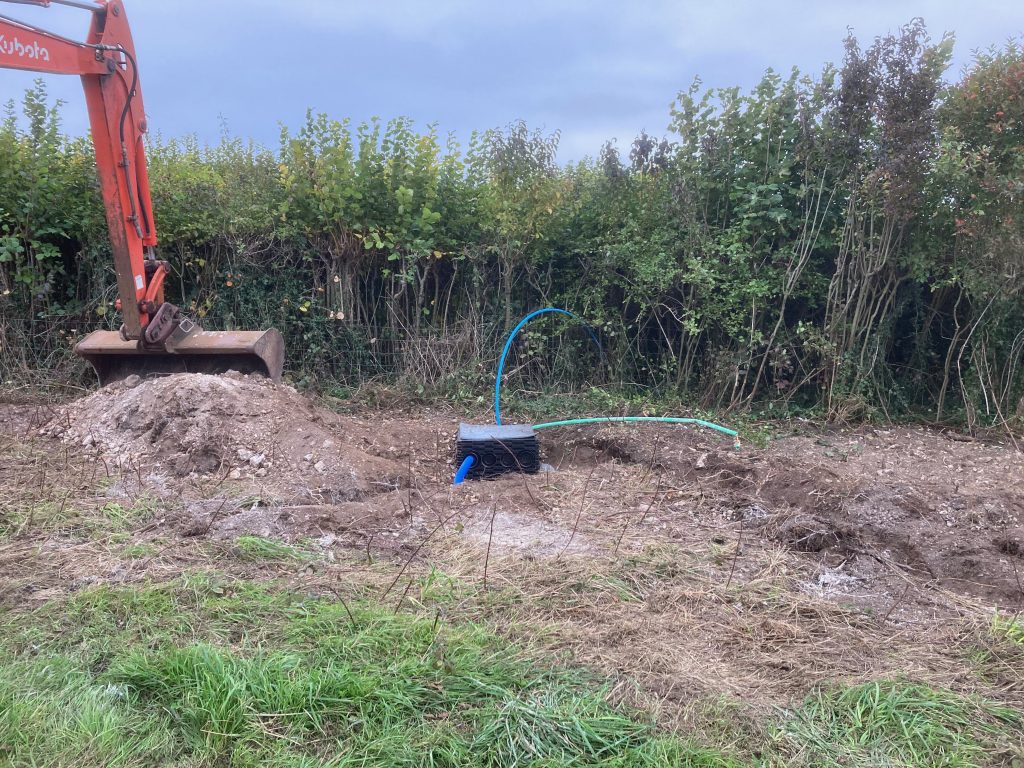
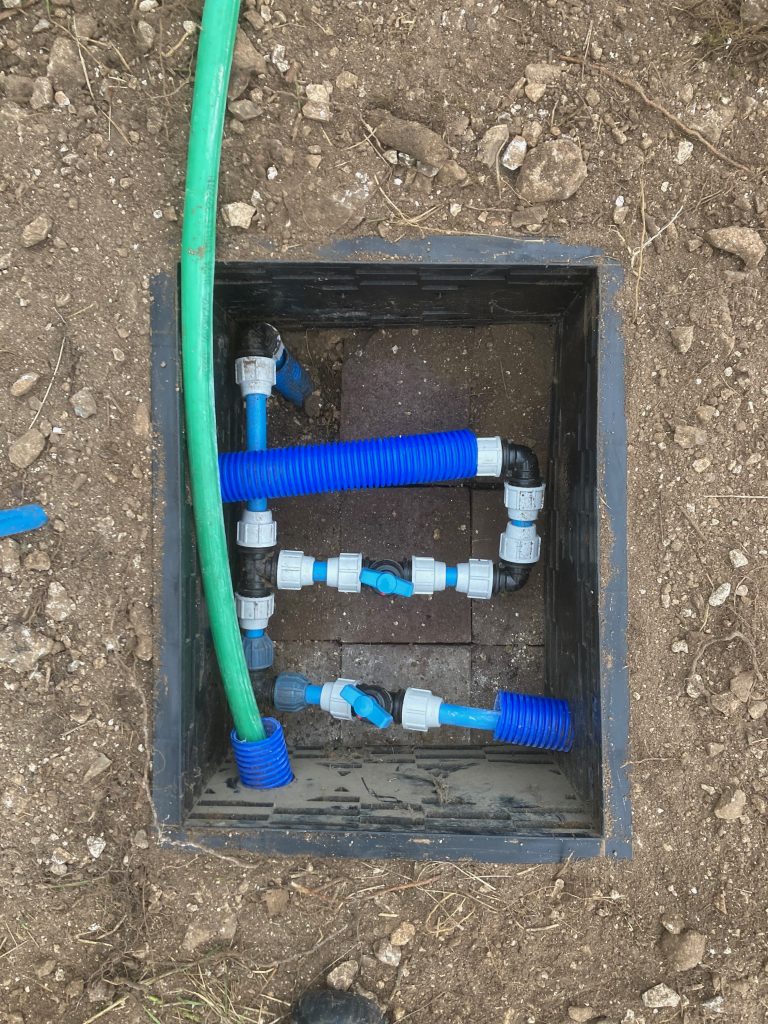
The digger has been busy this month, with the assistance of a drilling under the road by Wessex Internet’s Ditch Witch, a new water supply has been brought to a previously dry field, newly sown to herbal ley.

Next month

